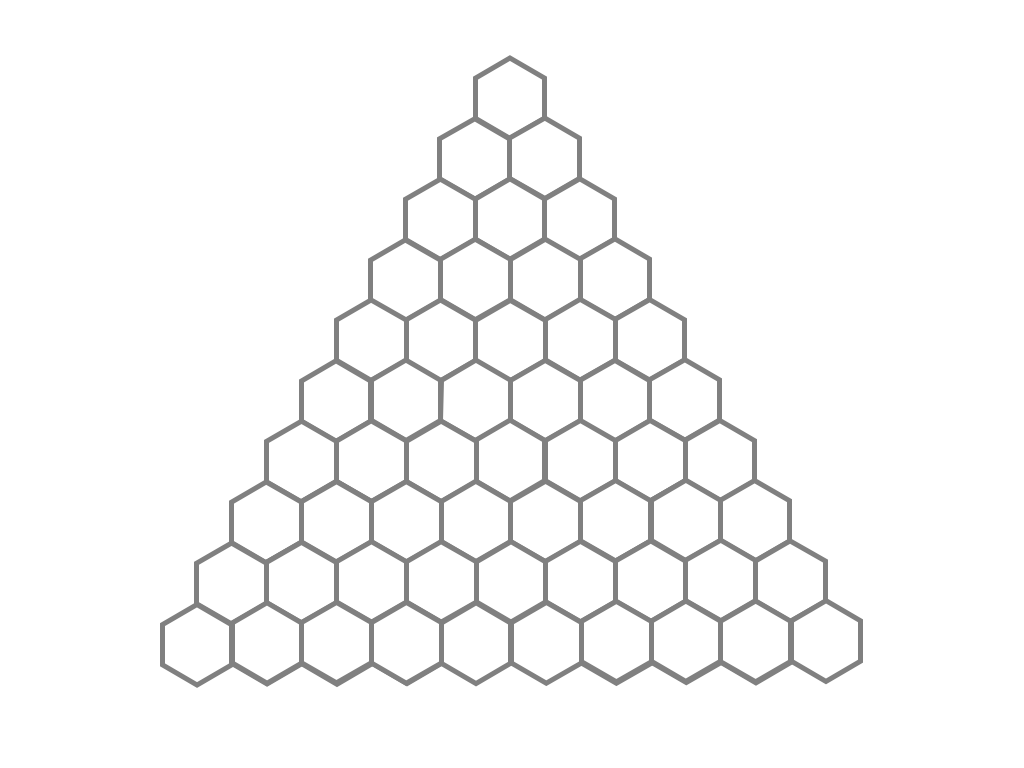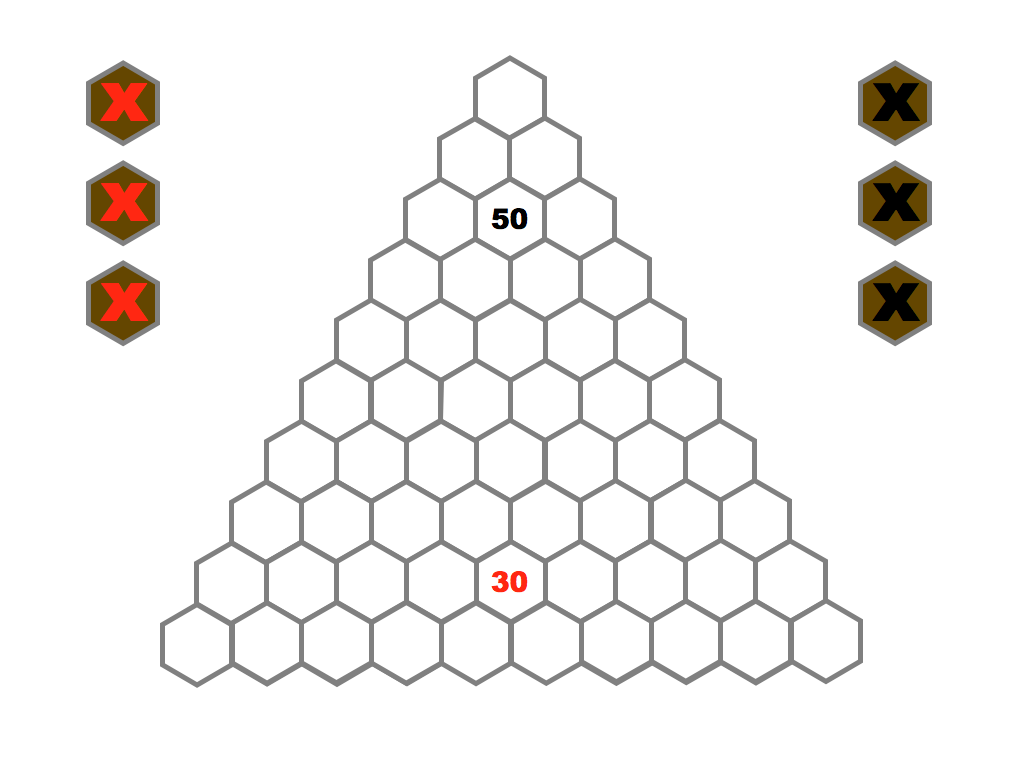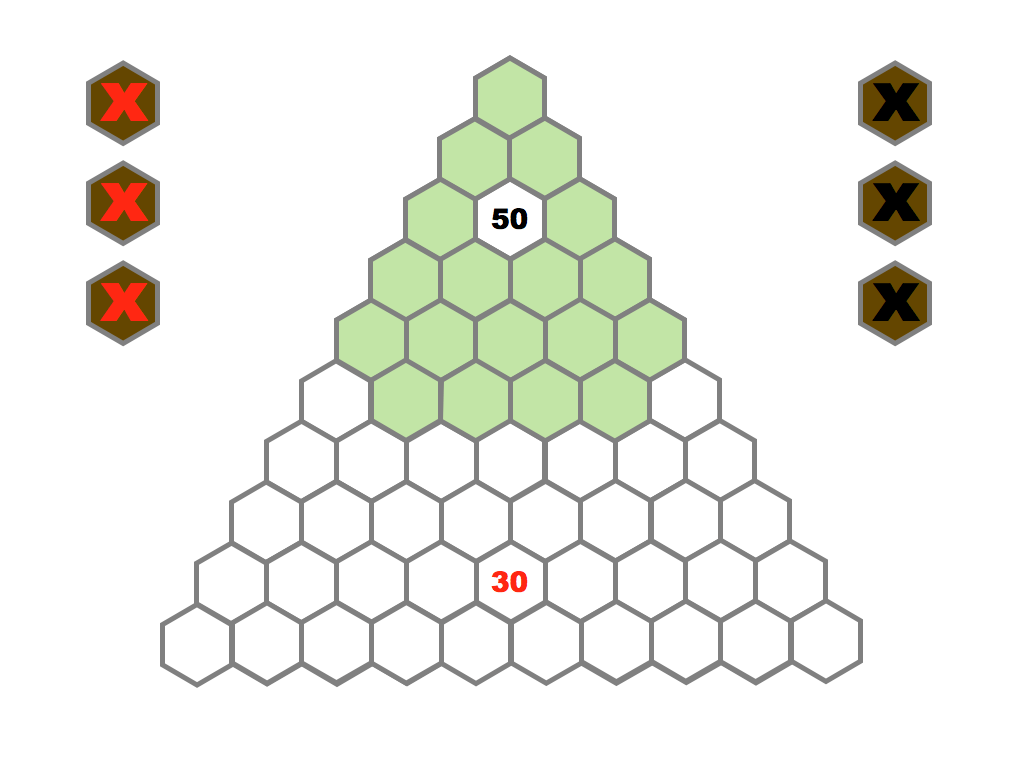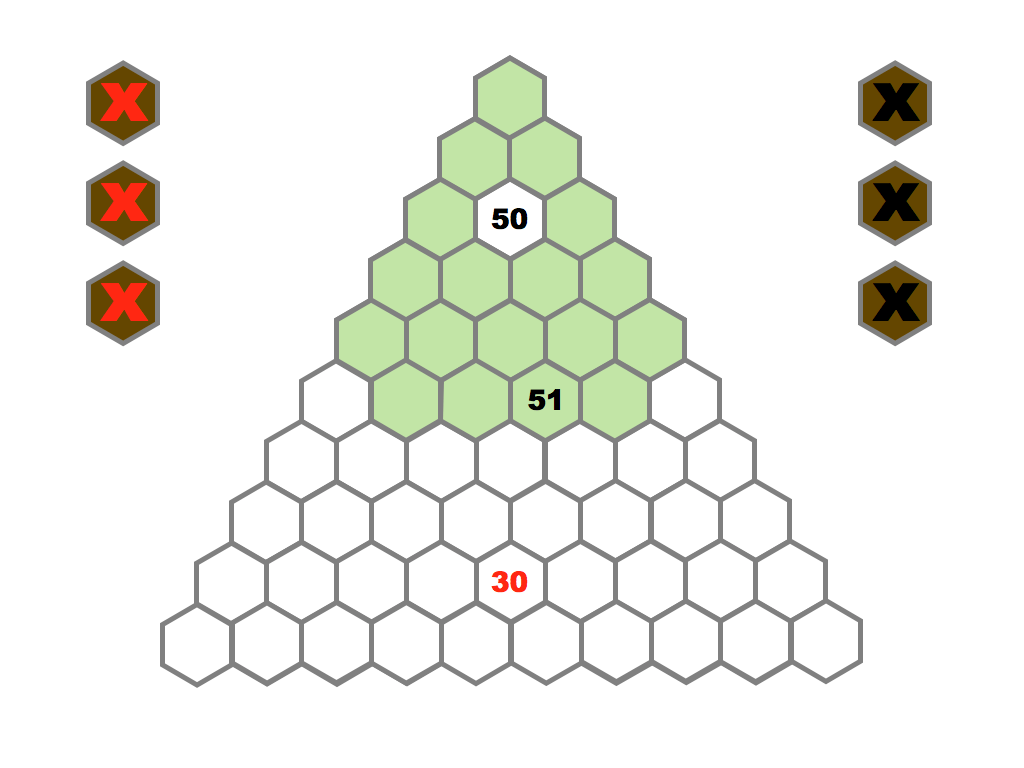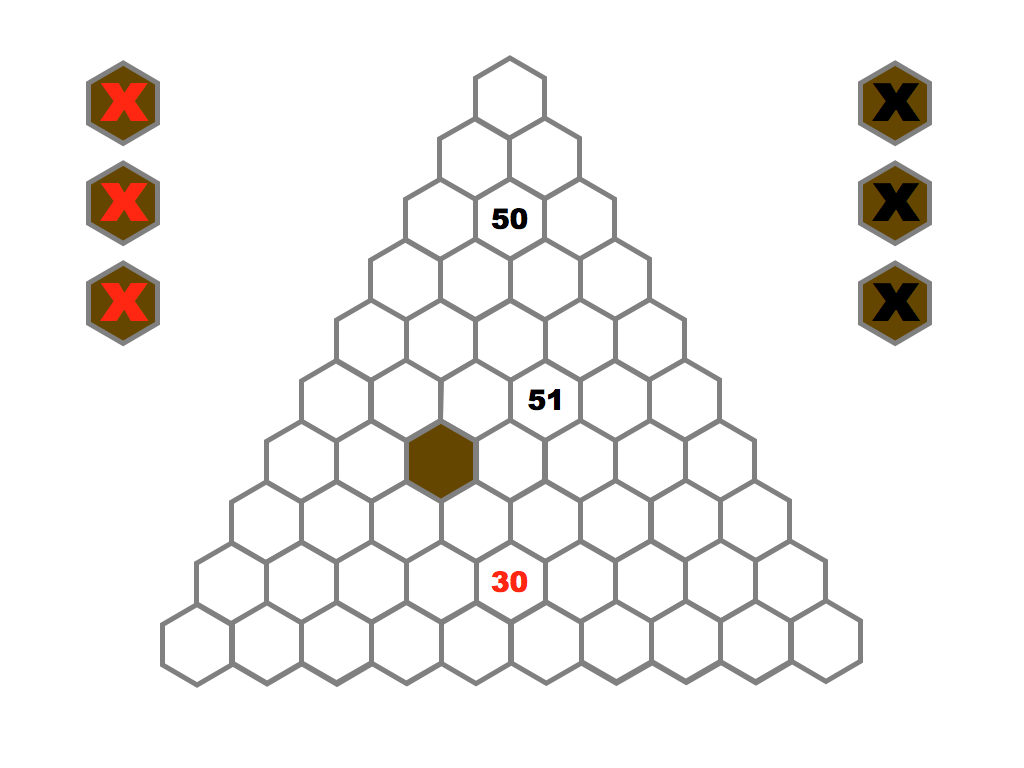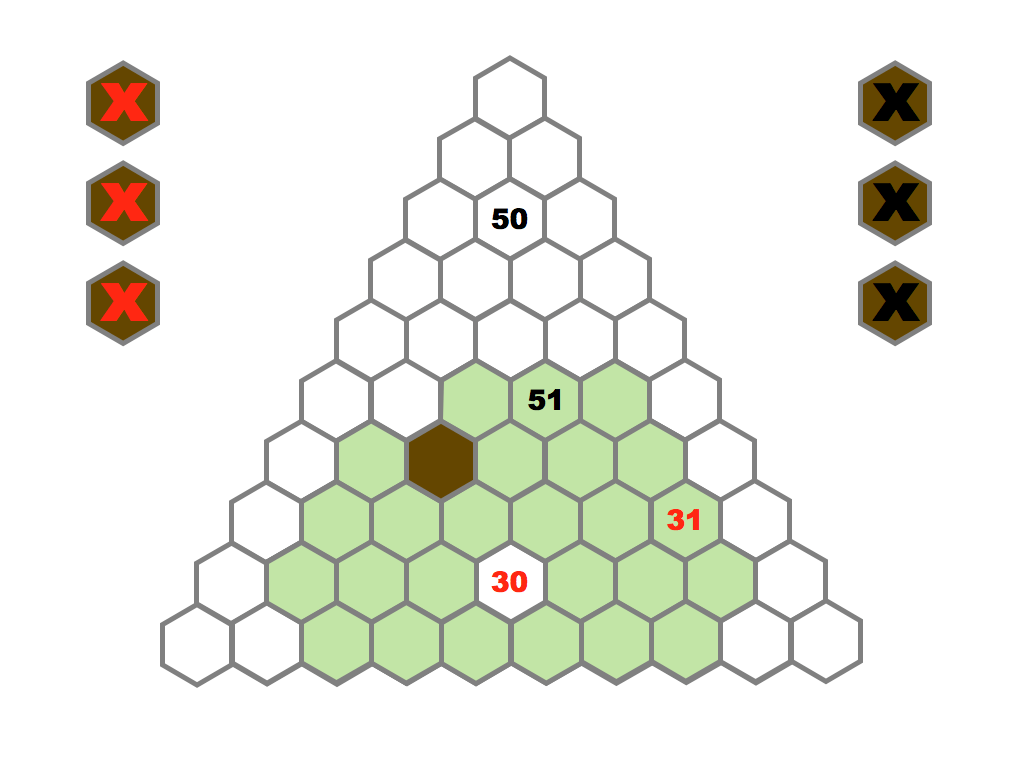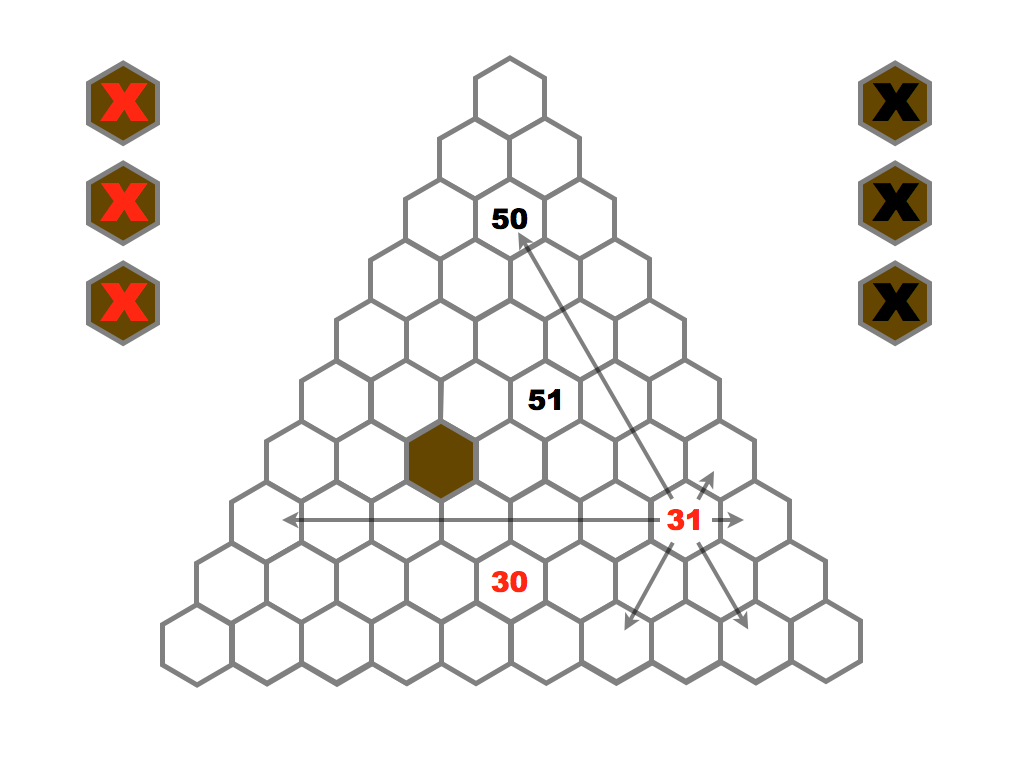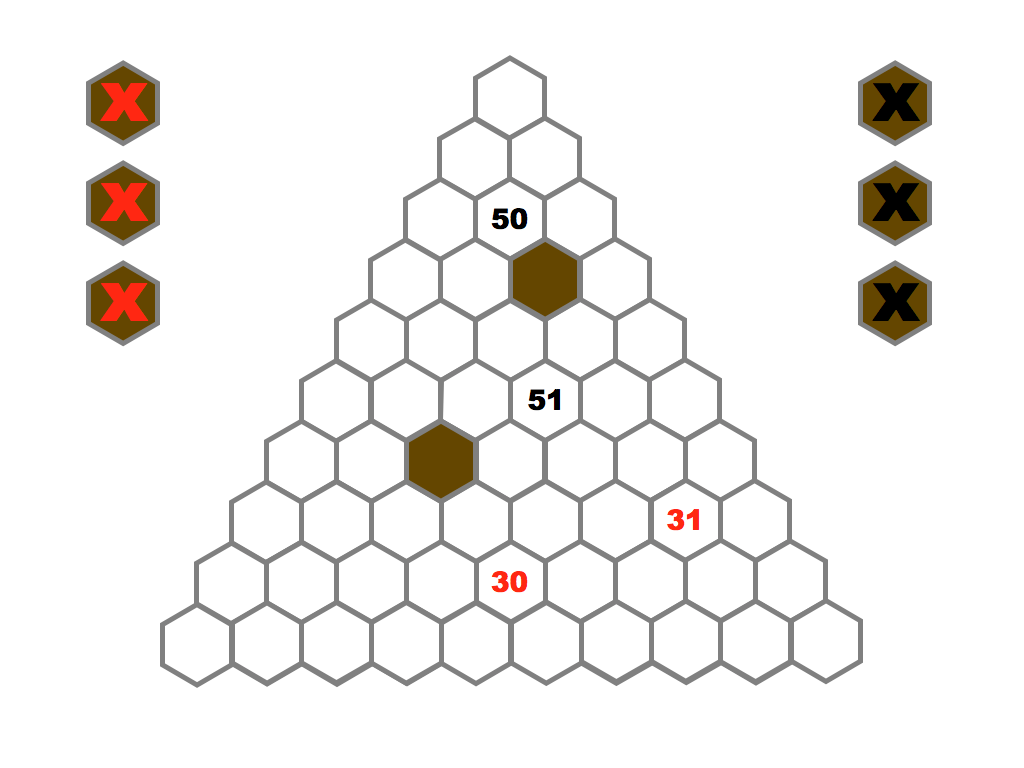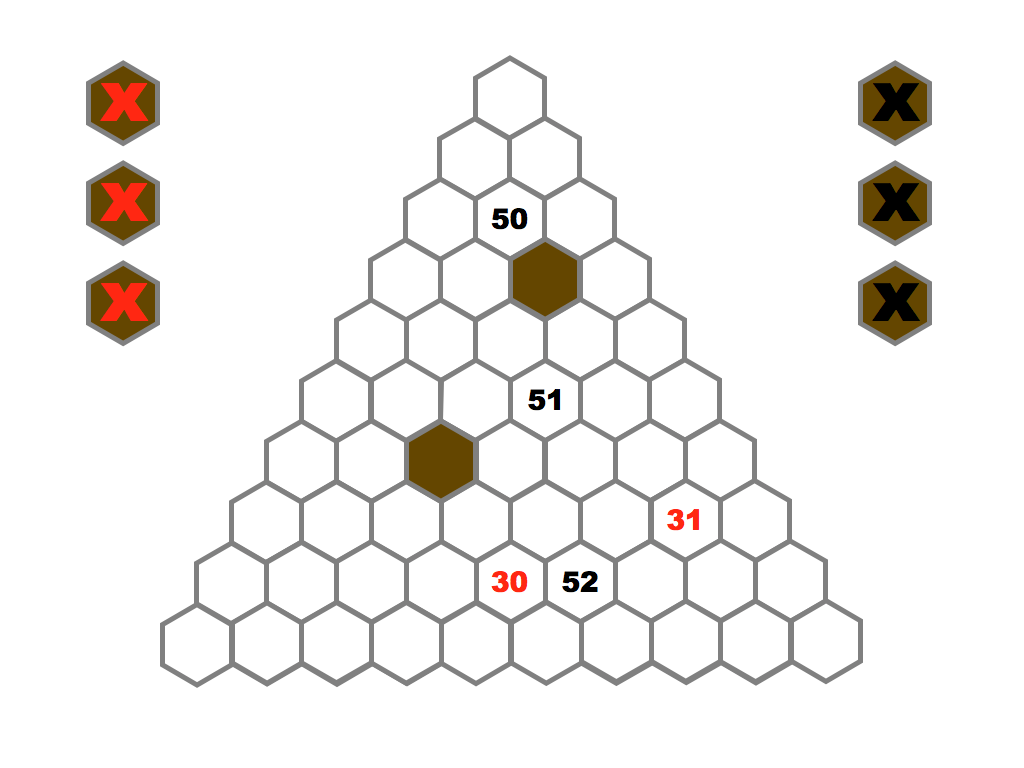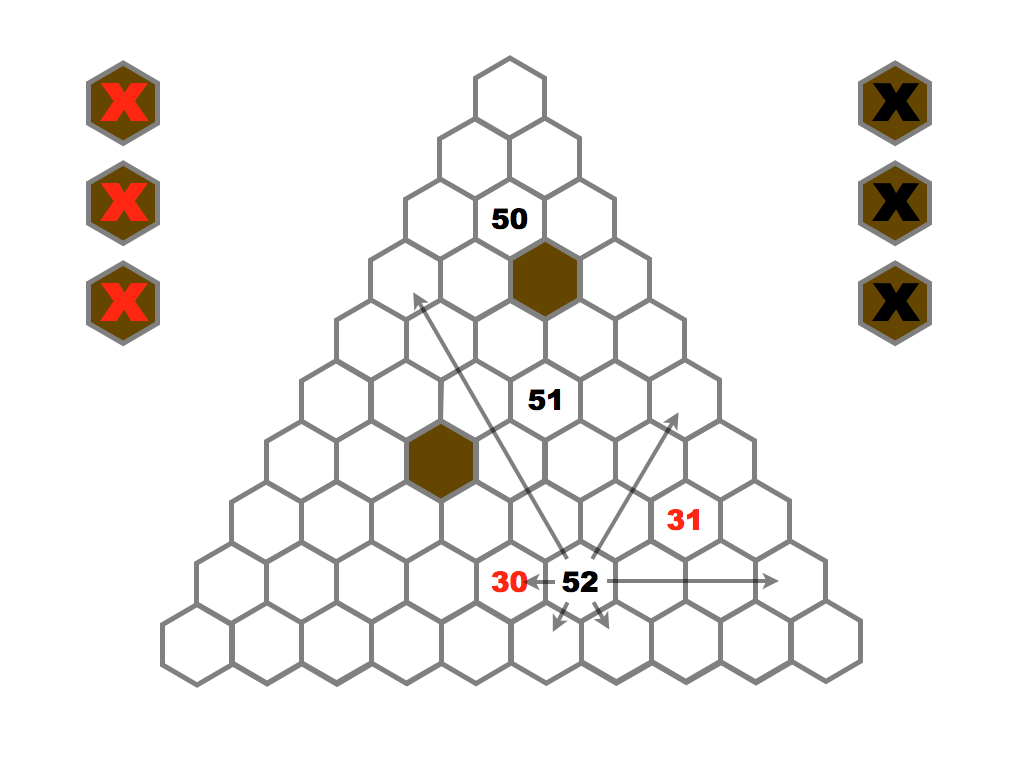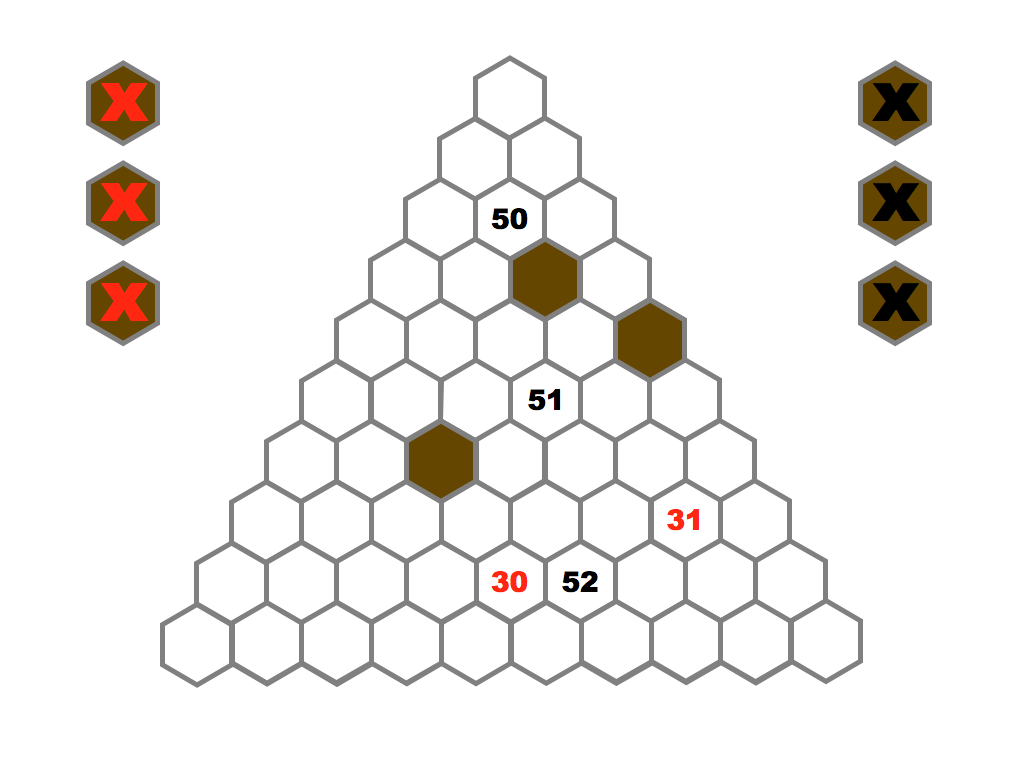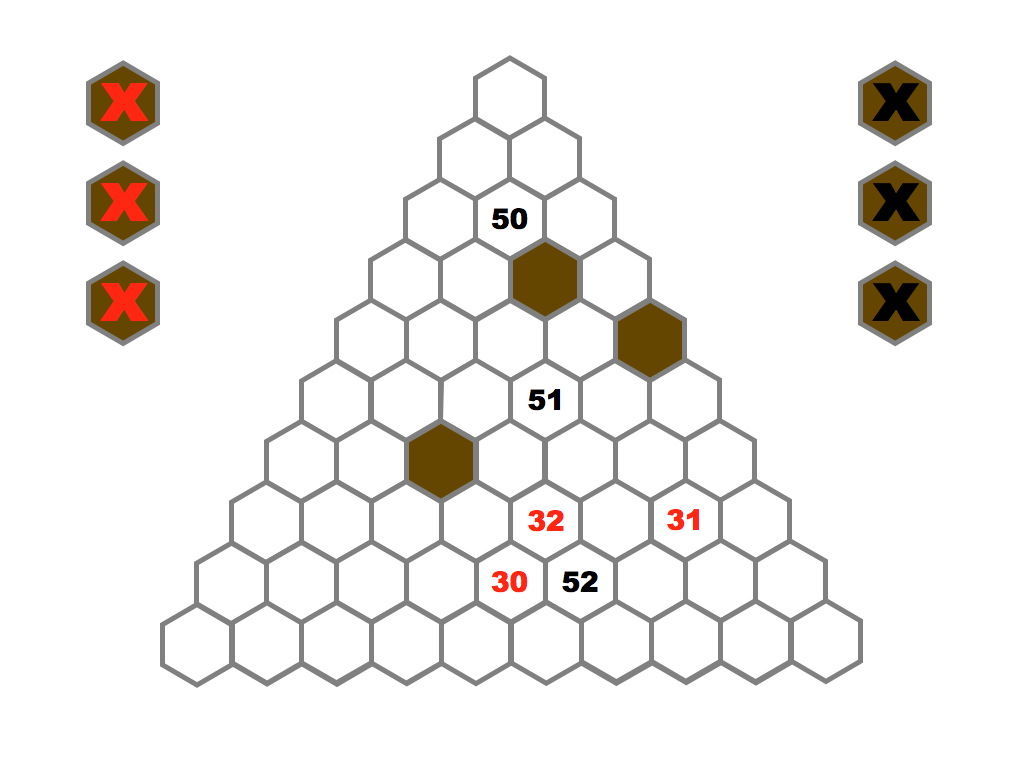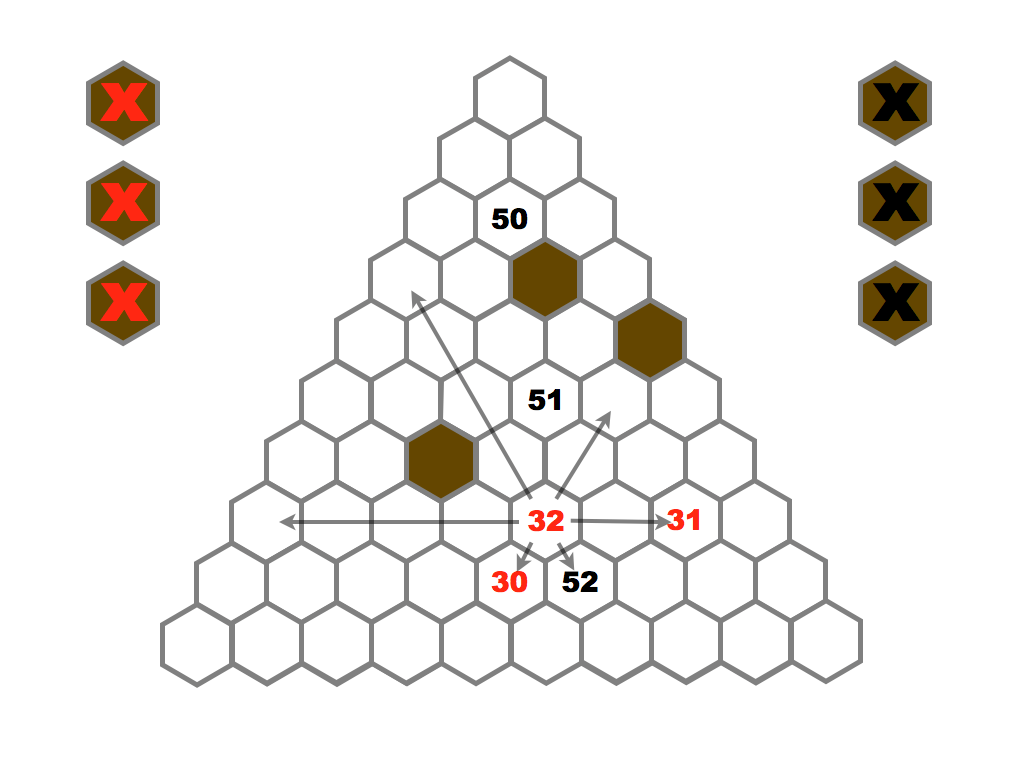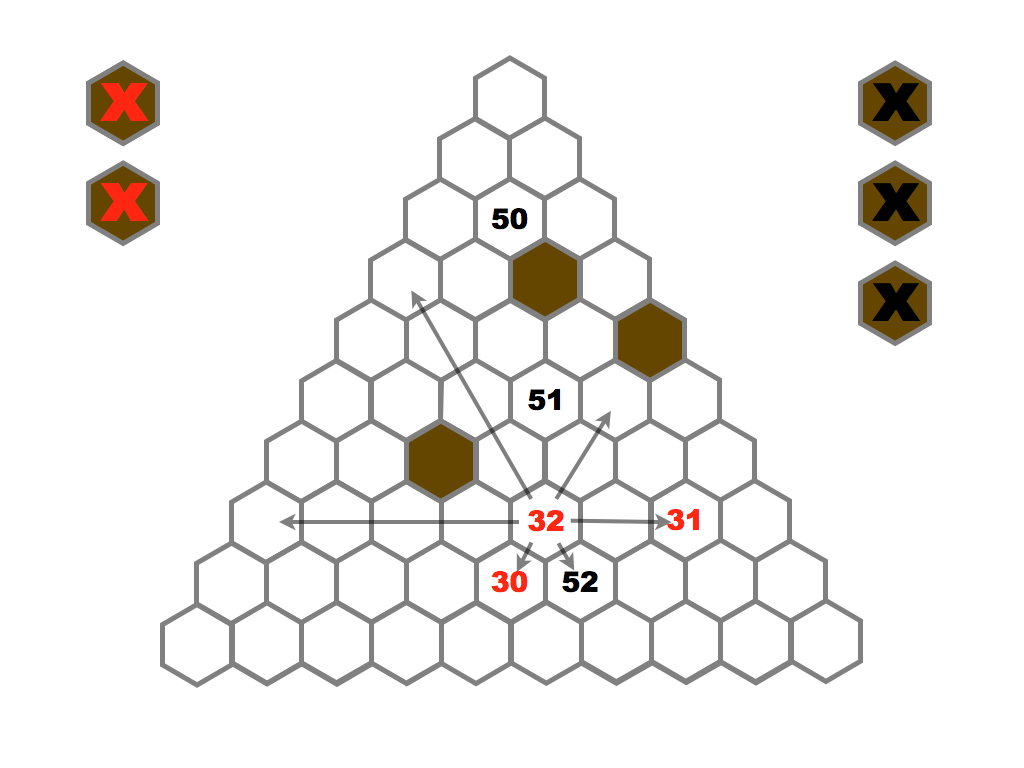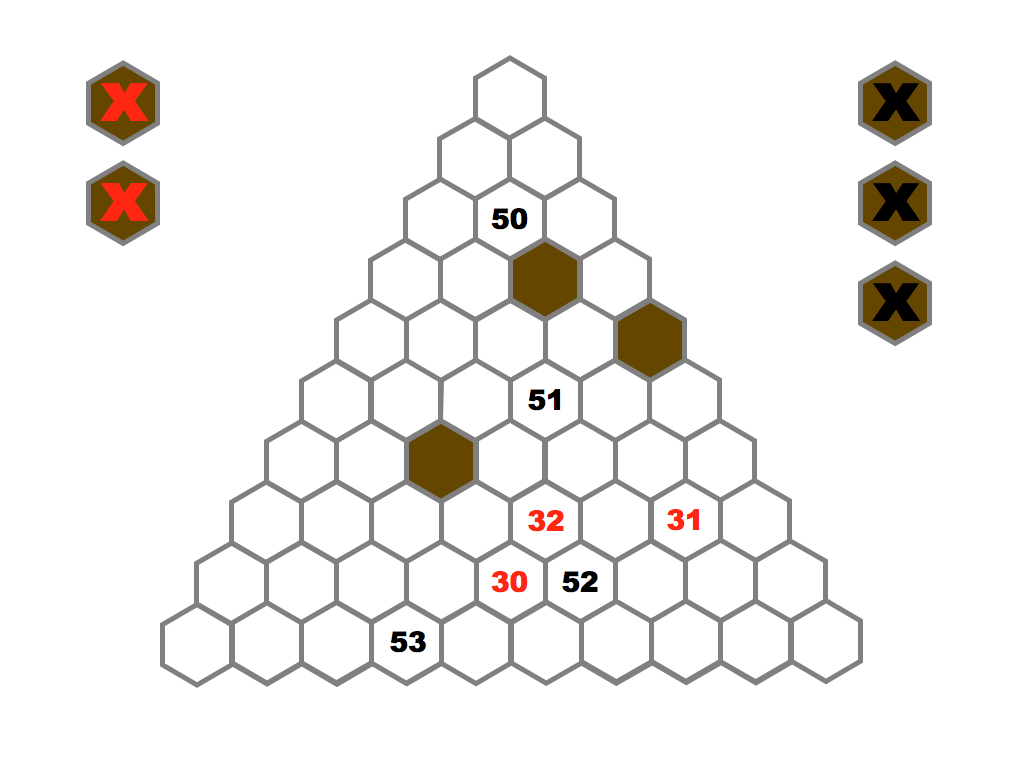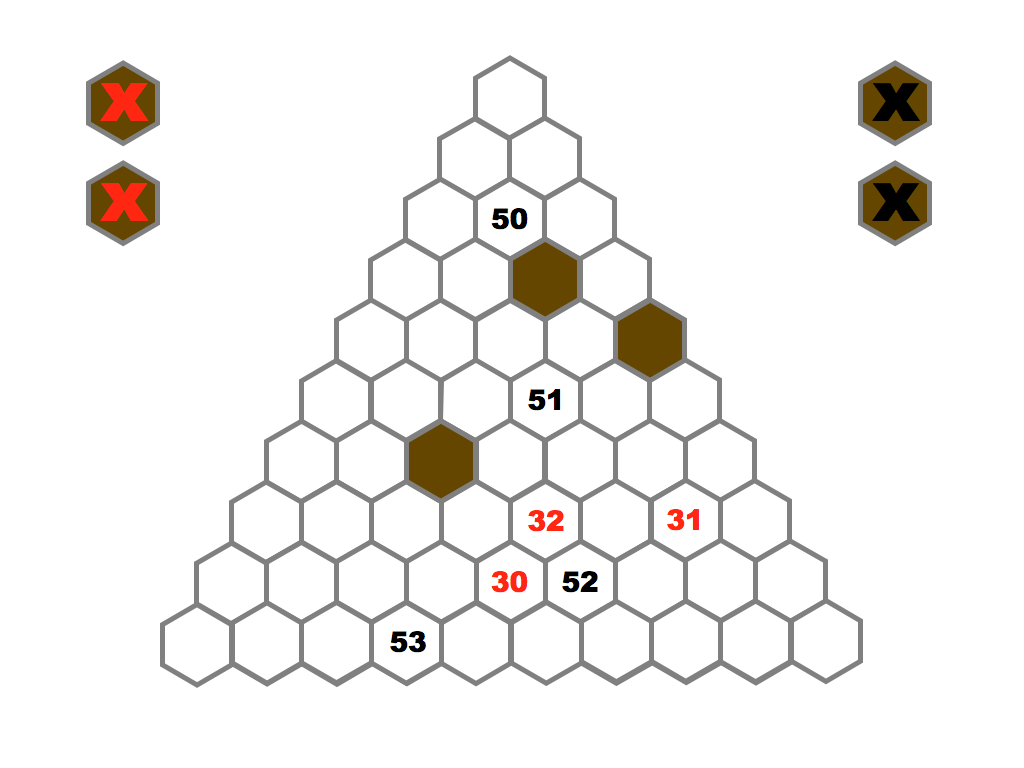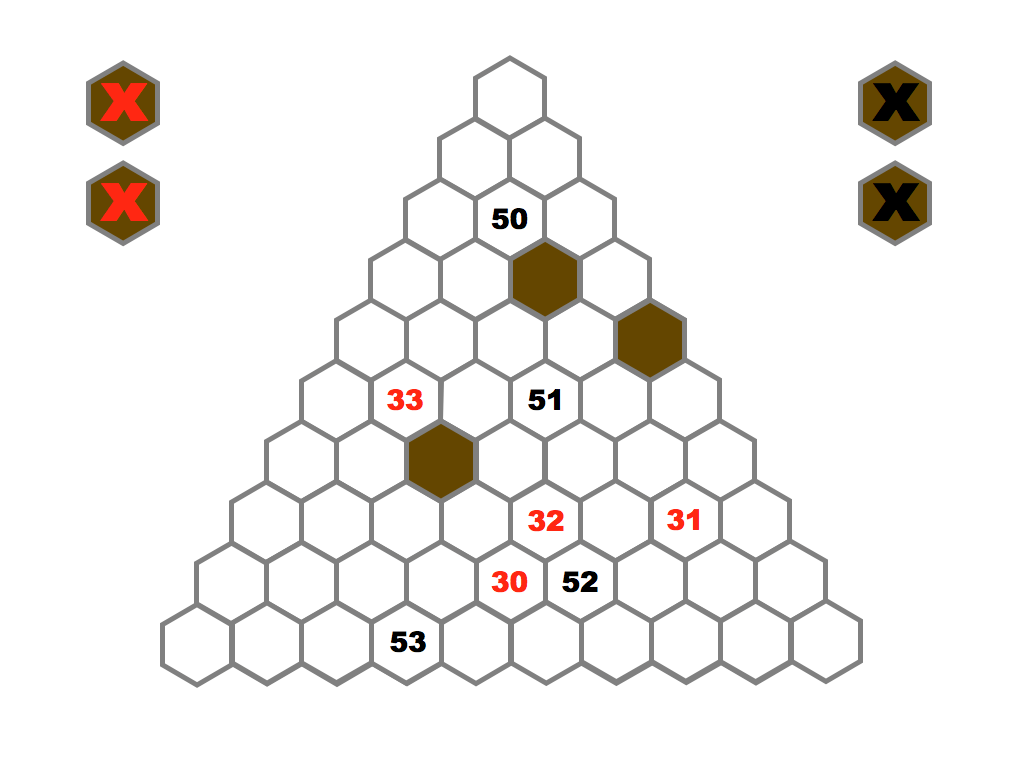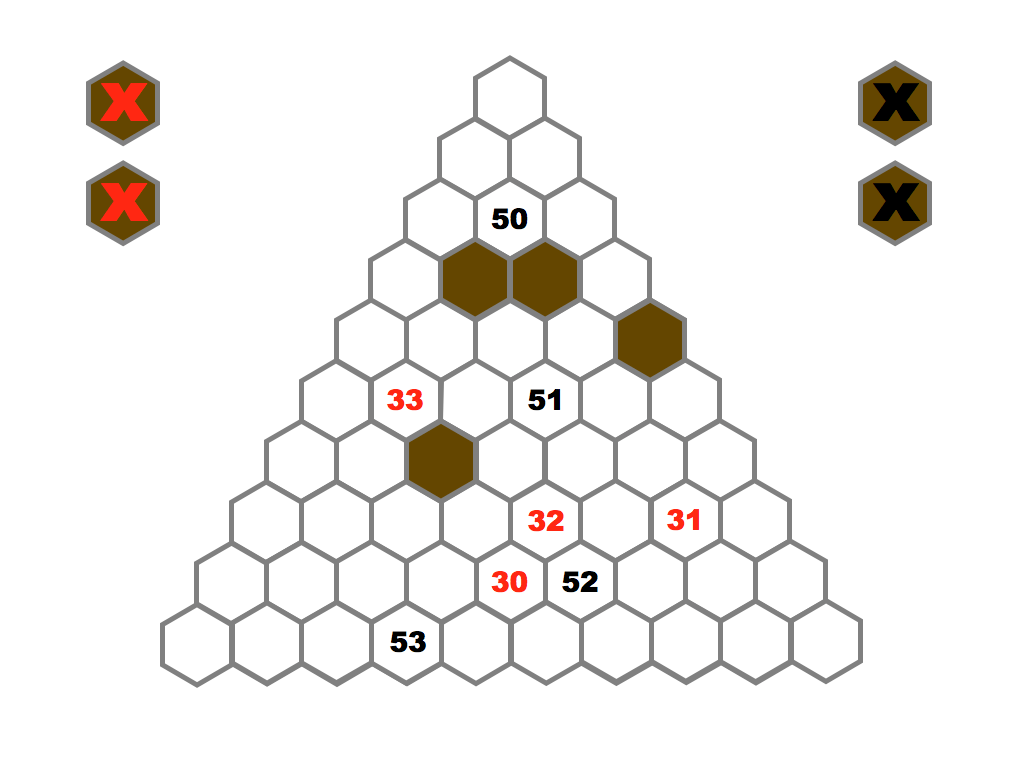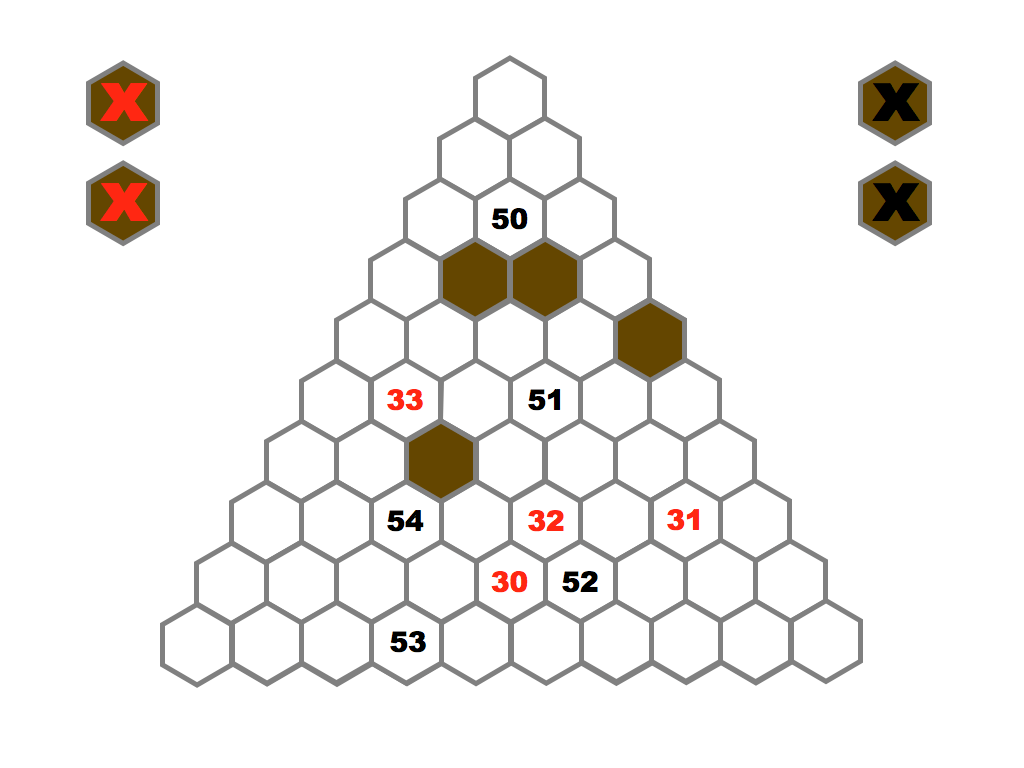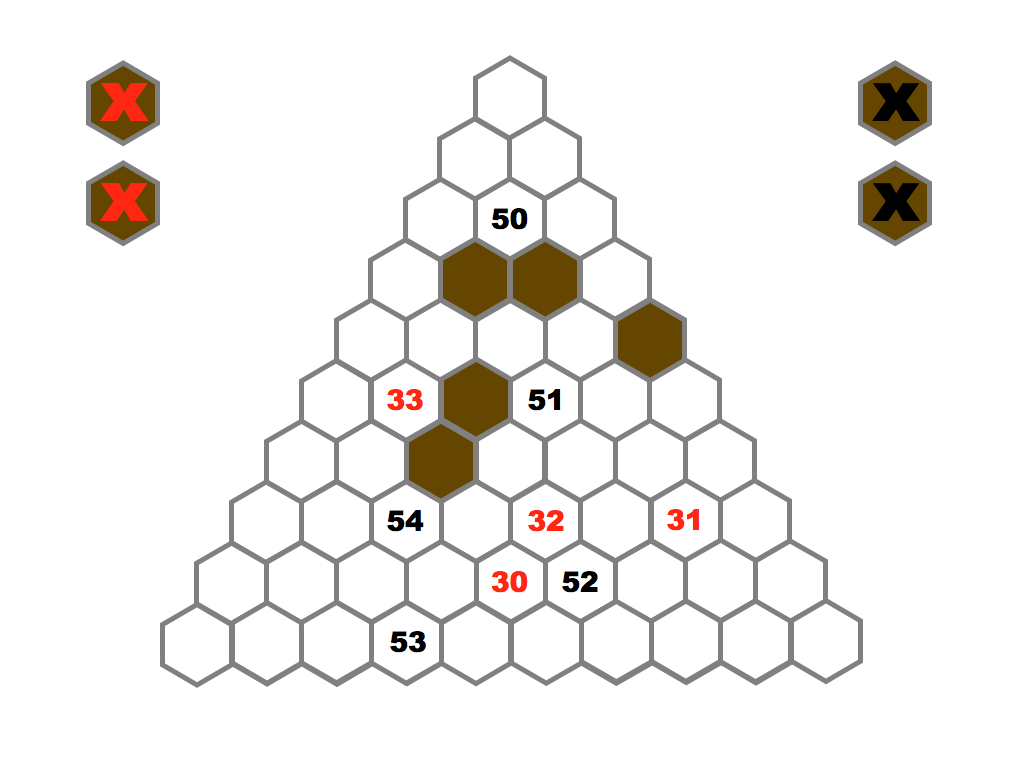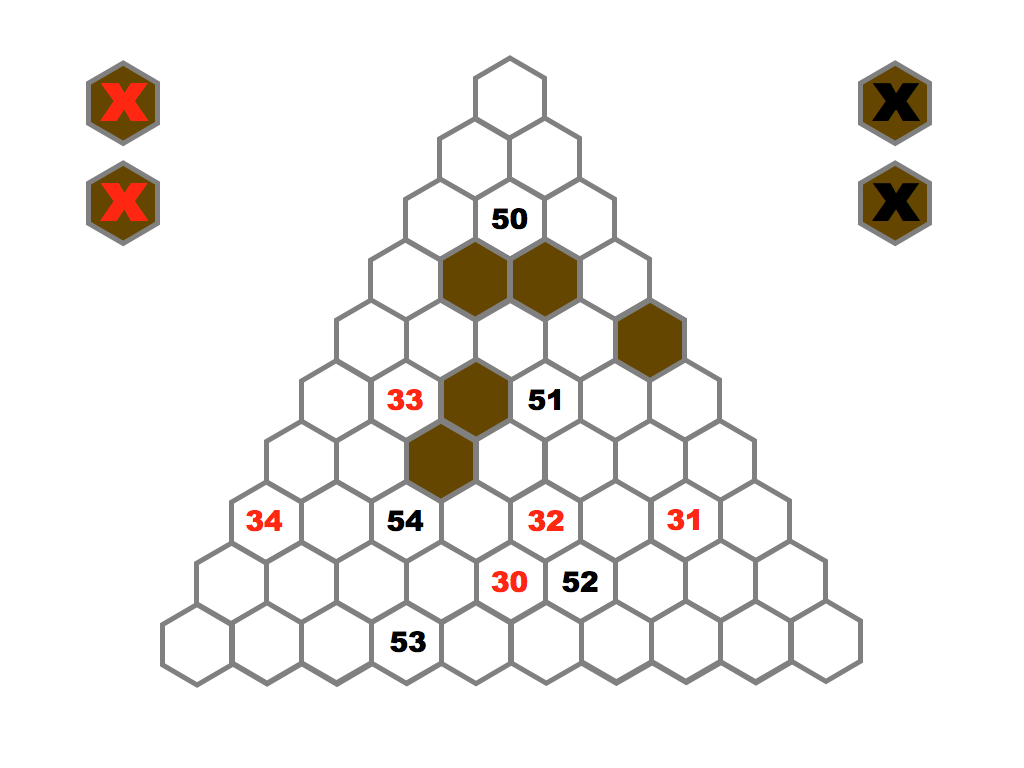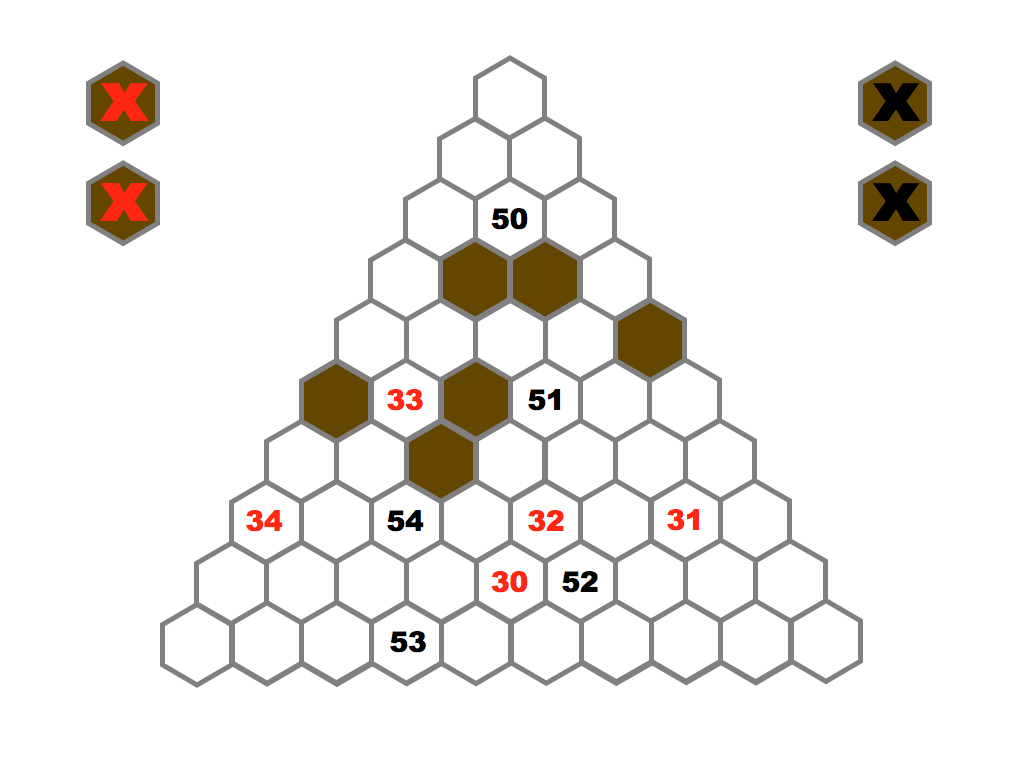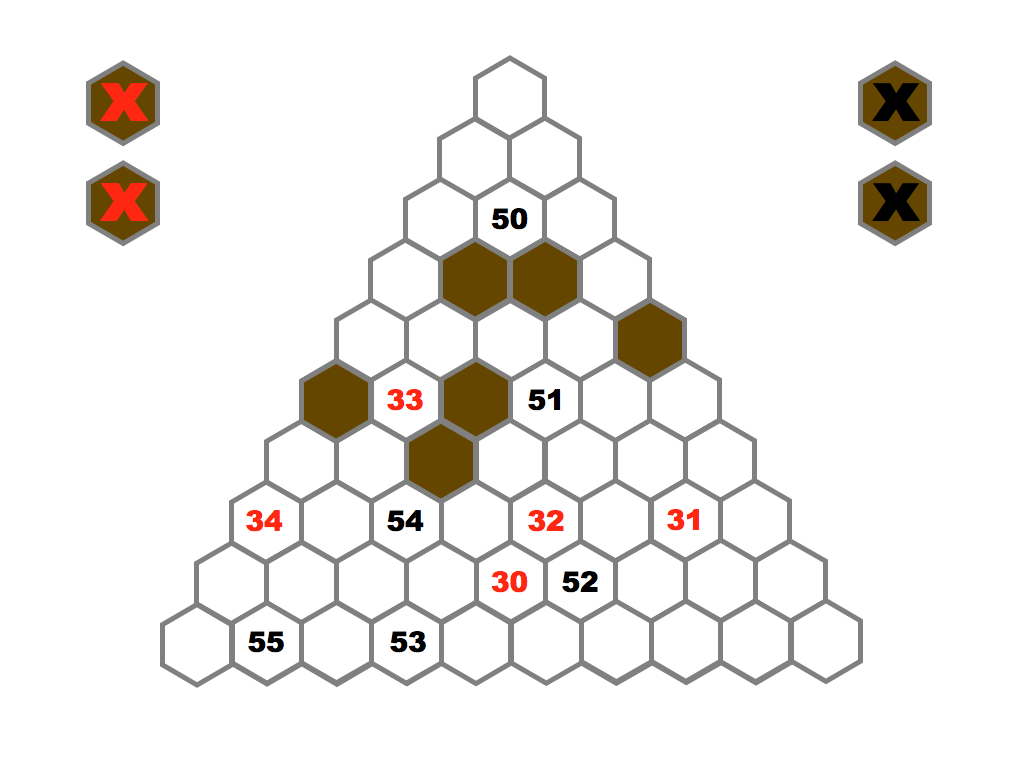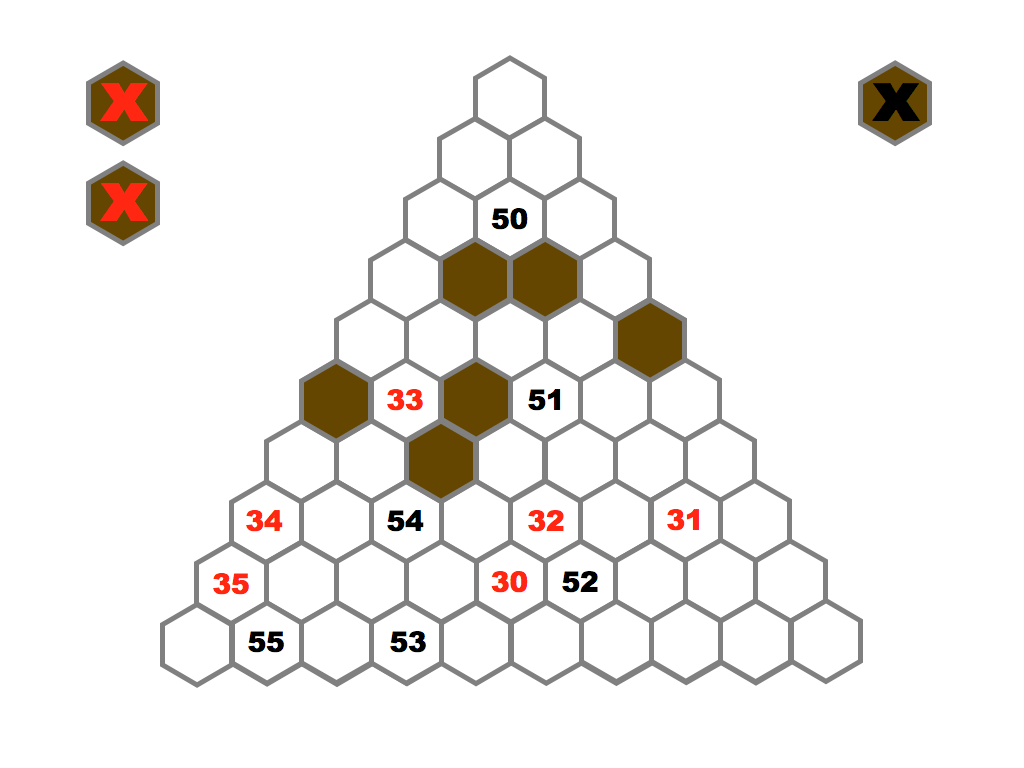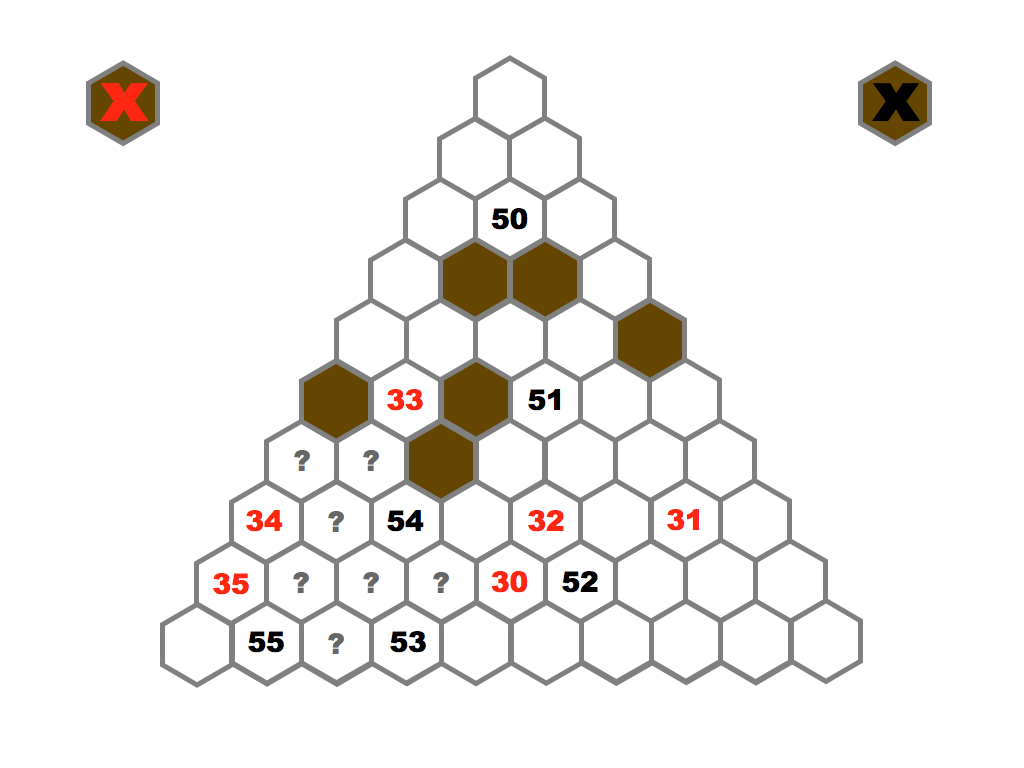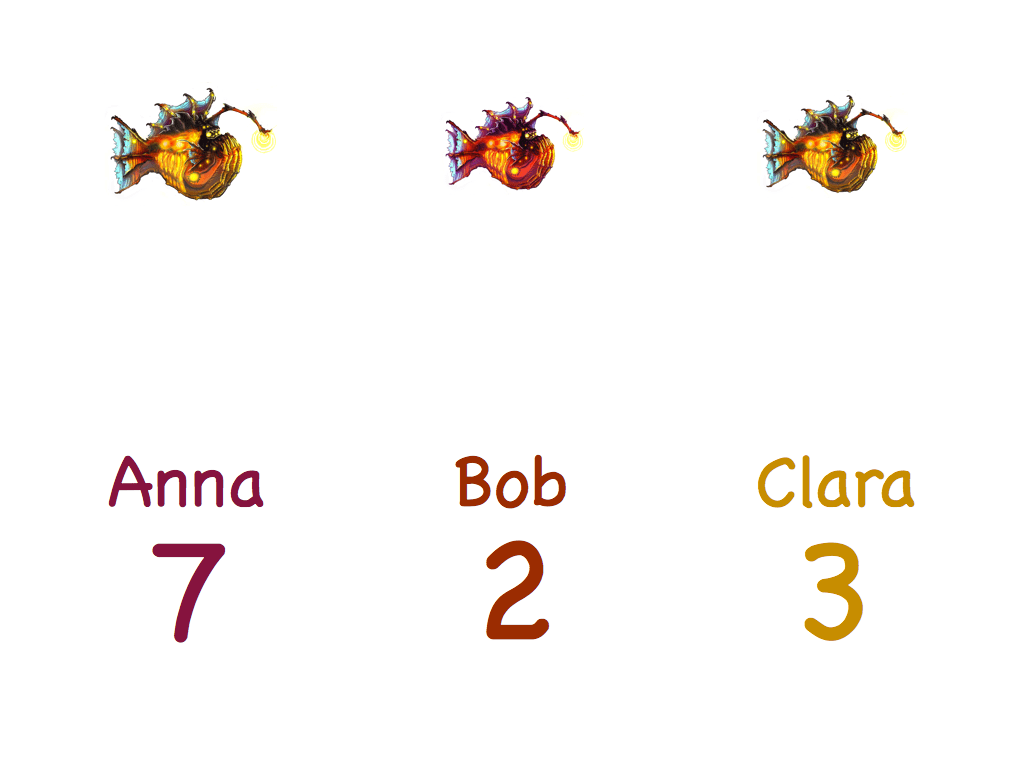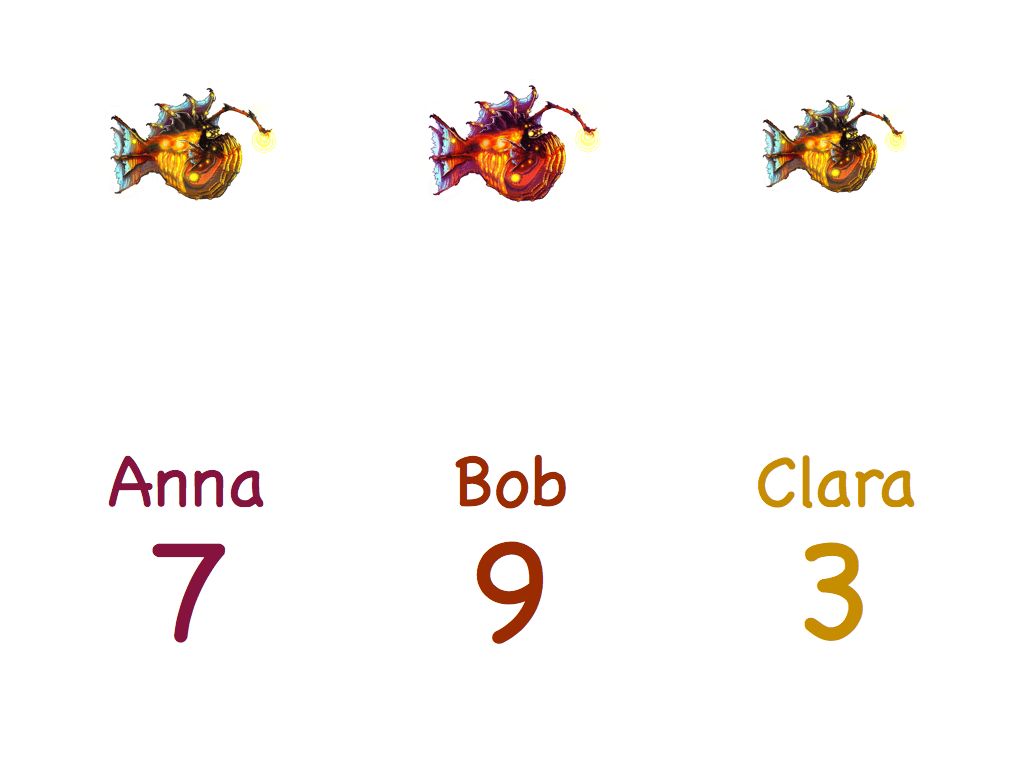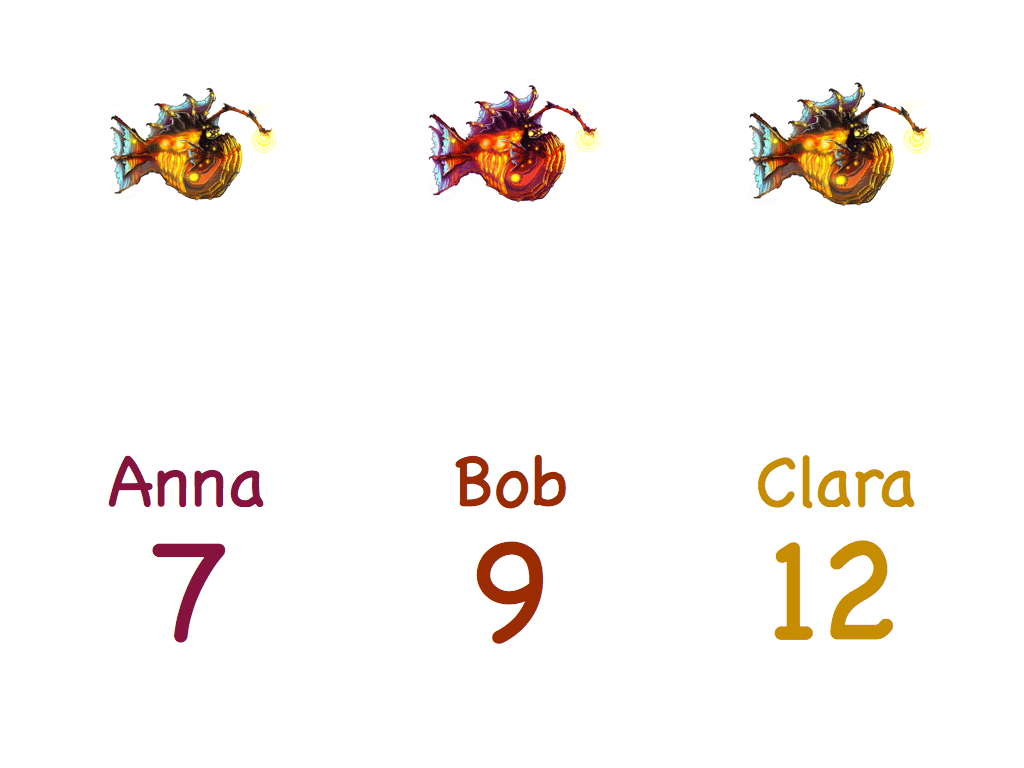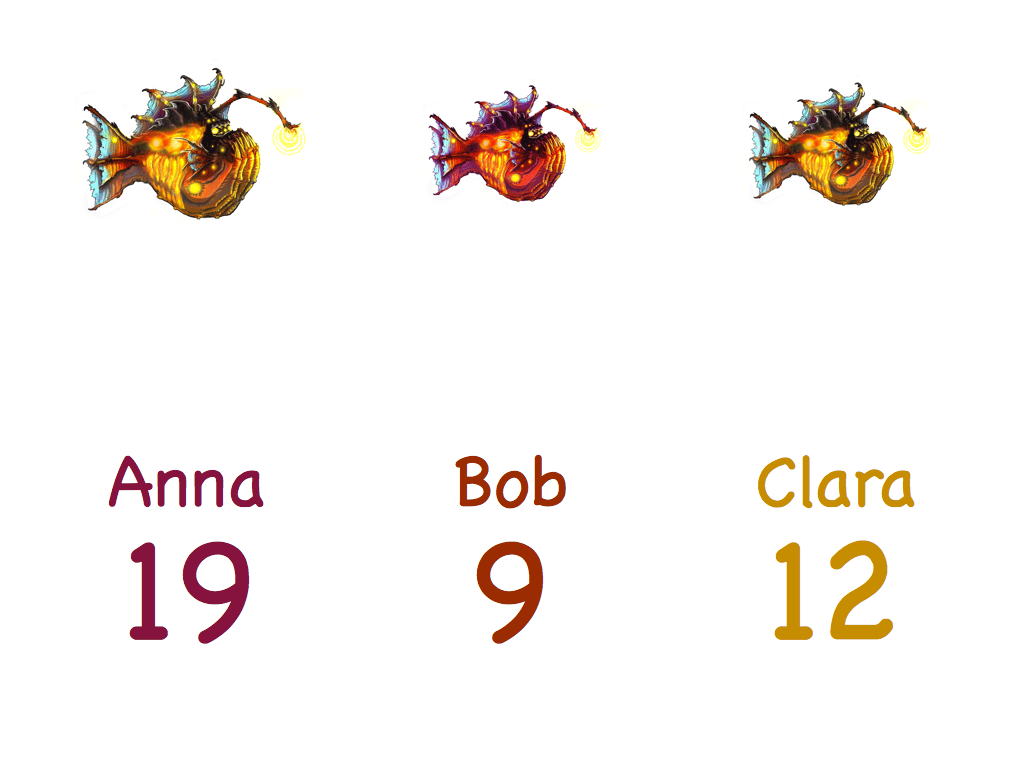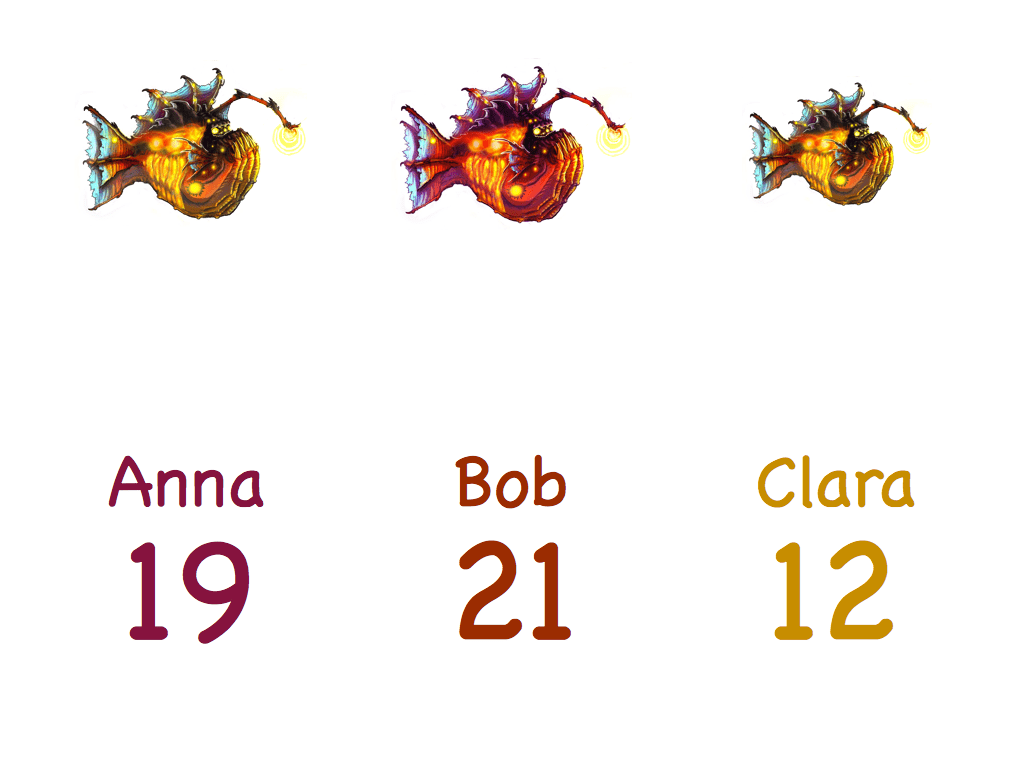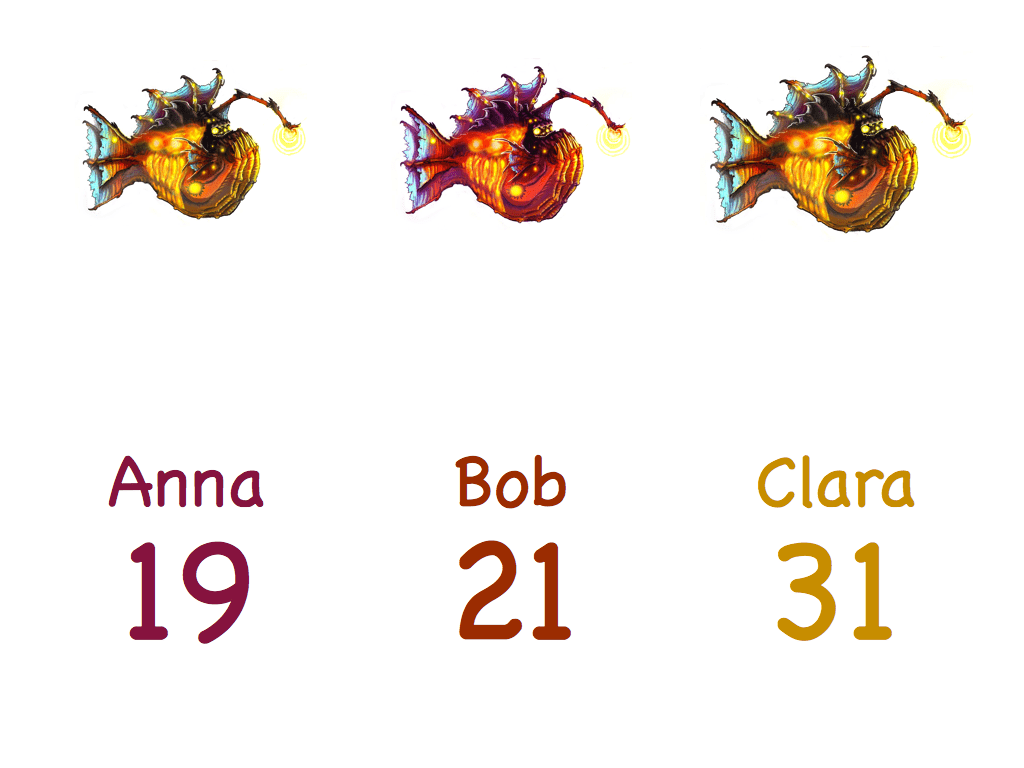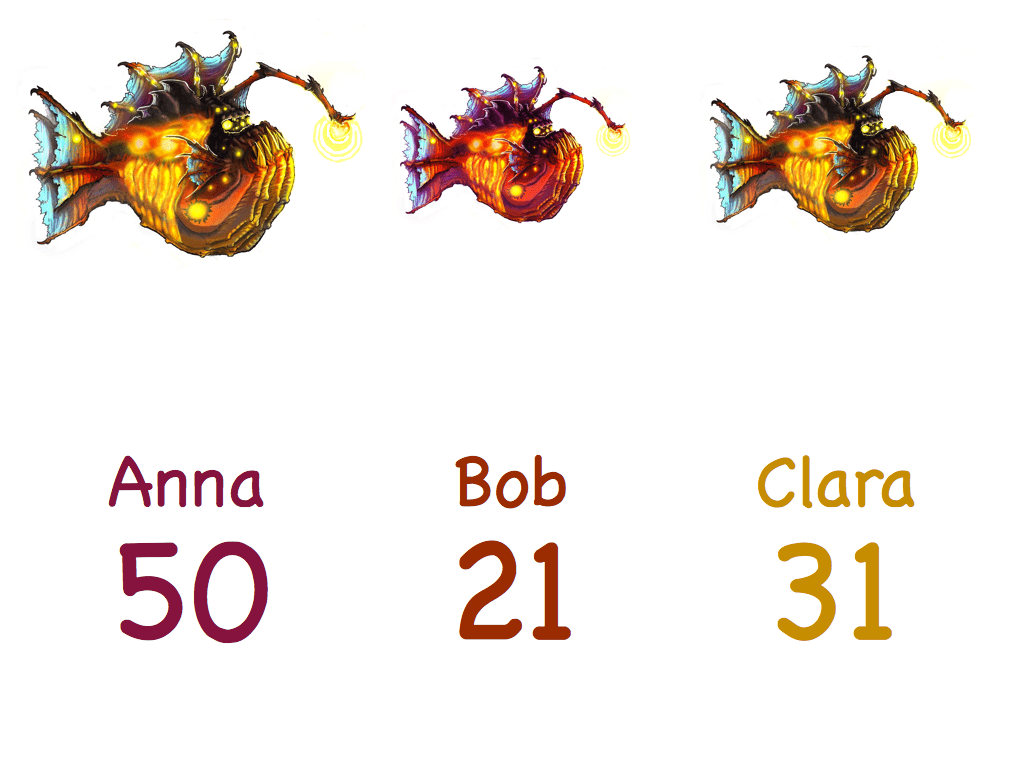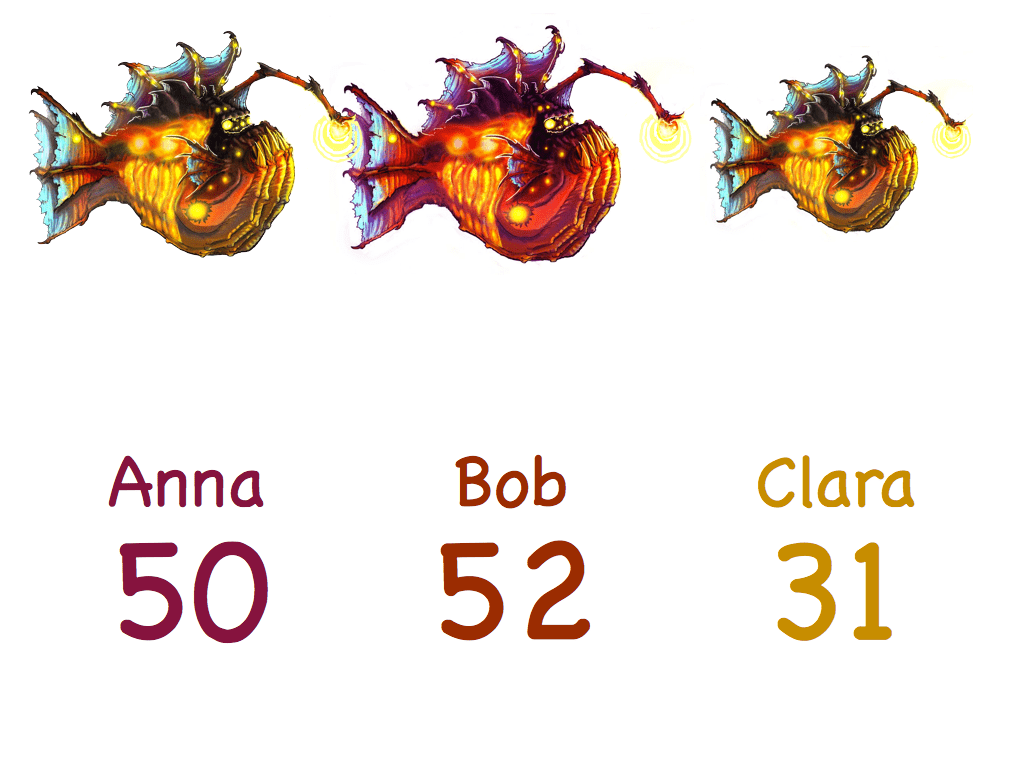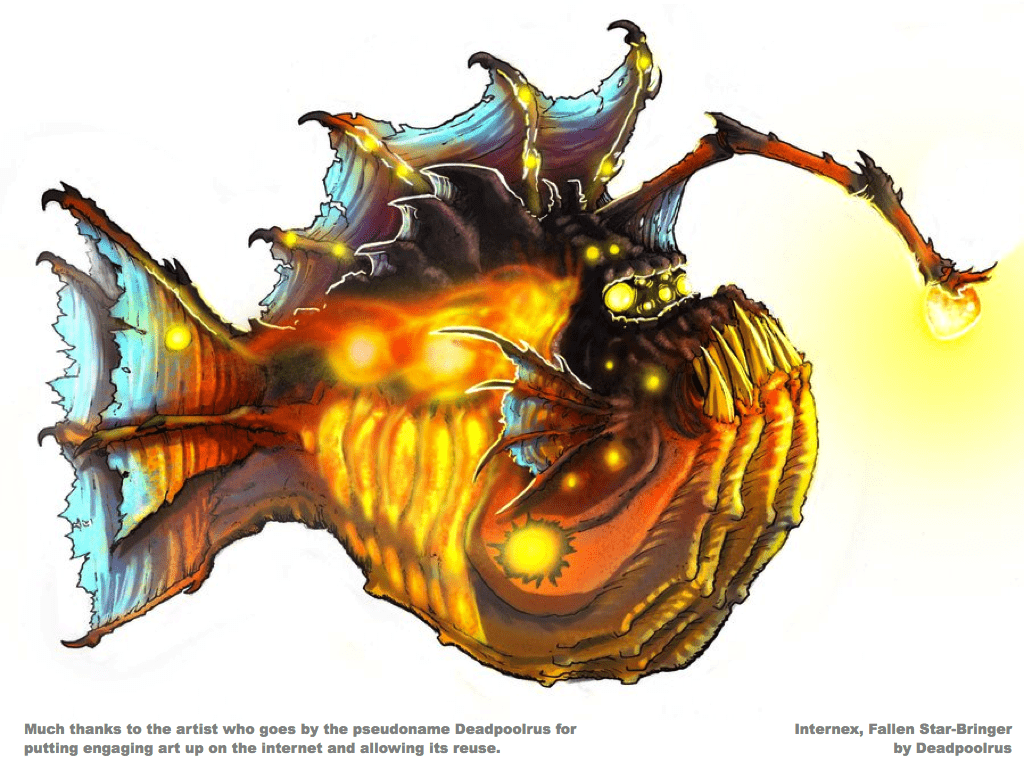Pencil & Paper Games
Arrows
Many great classroom games are not suitable for casual play at home. They are unfair and lack replayability. Arrows fall into this category. It’s a great logic game, but probably not one to recommend for the home.
Categorize 9 games based on the answer to two questions:
1) Will Emperor Jiaqing win / tie / lose if he goes the first.
2) Will the Pirate, Ching Shih, win / tie / lose if she goes the first.
Get the 9 printable game-sheets here.
GCF Bingo
is a game where students can both strategize and gain practice calculating the greatest common factor of a set of numbers.
Download the pdf for the game here.
Beetle Blitz
is for students who need practice with single digit multiplication. They are entirely unfair – almost always one beetle will have a winning strategy. I love to emphasize this to help remove the stigma of failure from the classroom. The beetle to beetle confrontations are entirely unfair because almost always one beetle will have a sure win. However, finding that win is hard fun.
Printable sheets here.
Too Many Mice!
Your students need to add 15 and 17… How do you teach carrying from the ones column to the tens column? This game helps.
“Too Many Mice” is a simple game in which students try to get as many mice as possible at the end of the game. It was designed for the grade 2 teachers at Foundations for the Future Chartered Academy. It is a two player game, but you can add an additional role: one student can play the part of the cat.
Instead of using normal playing cards, use a set of cards like those here.
Extensions:
1) If your students find the game is always won by the person who goes first, then increase the number of cards from 6 to 9.
2) Is a tie possible with 6 cards? With 7? 8? 9? 10?
3) How many different ways are there to play the game with 2 cards? With 3? 4? 5? 6?
4) If both players play very well, who will win – the first player, the second player – or will it end in a tie? With 1 card? 2 cards? 3? 4? 5? 6? I don’t know the answer for 9 cards.
Children at play are not playing about; their games should be seen as their most serious-minded activity.
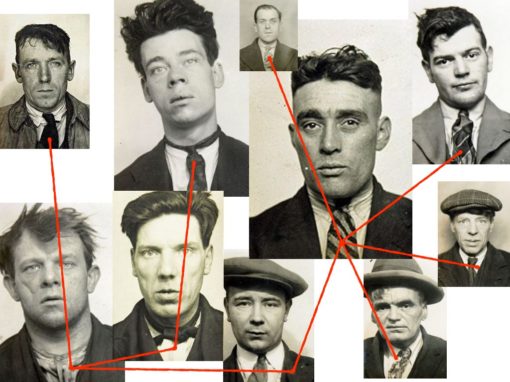
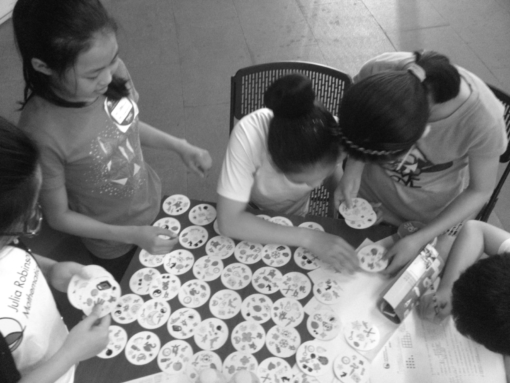
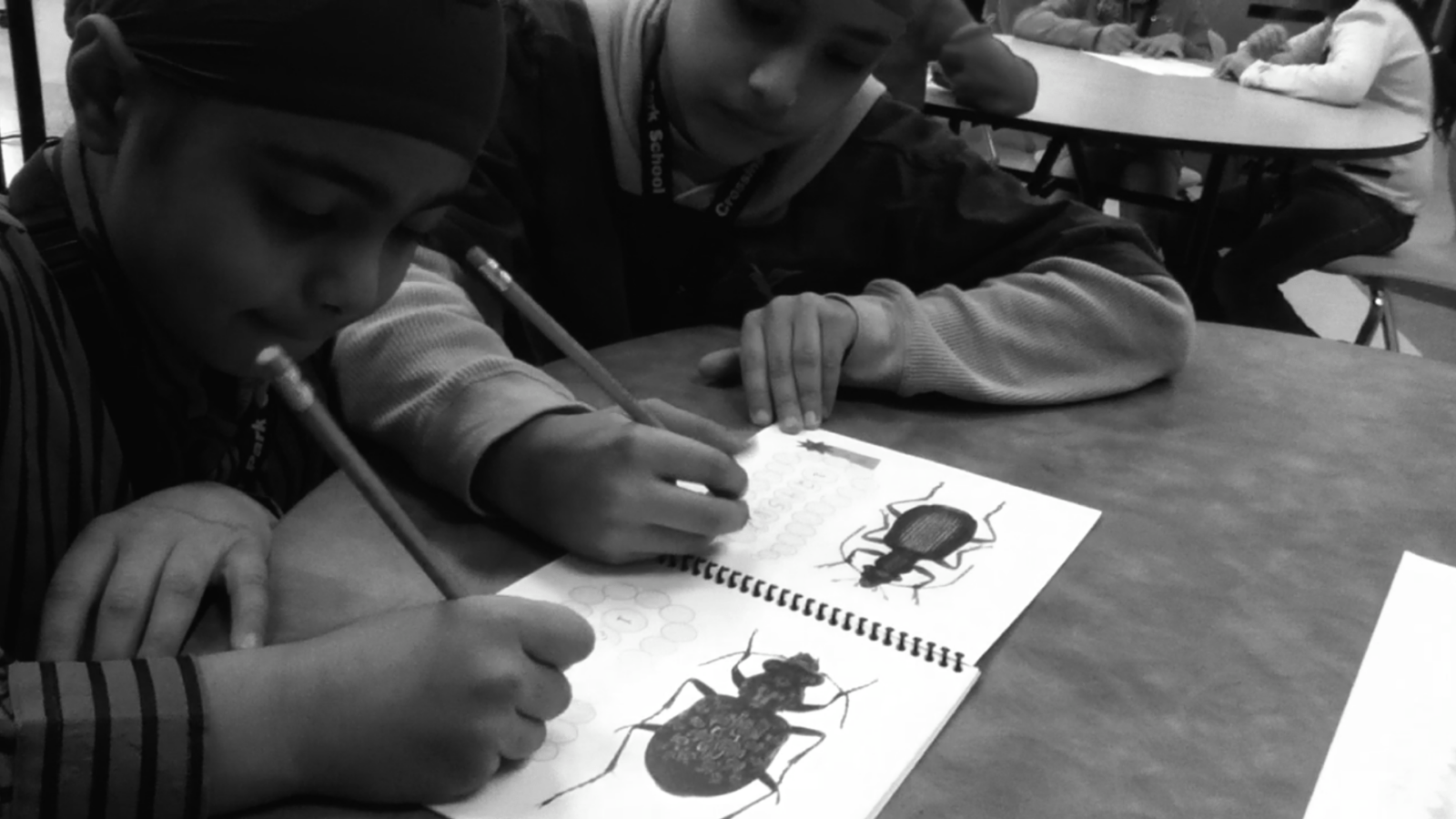
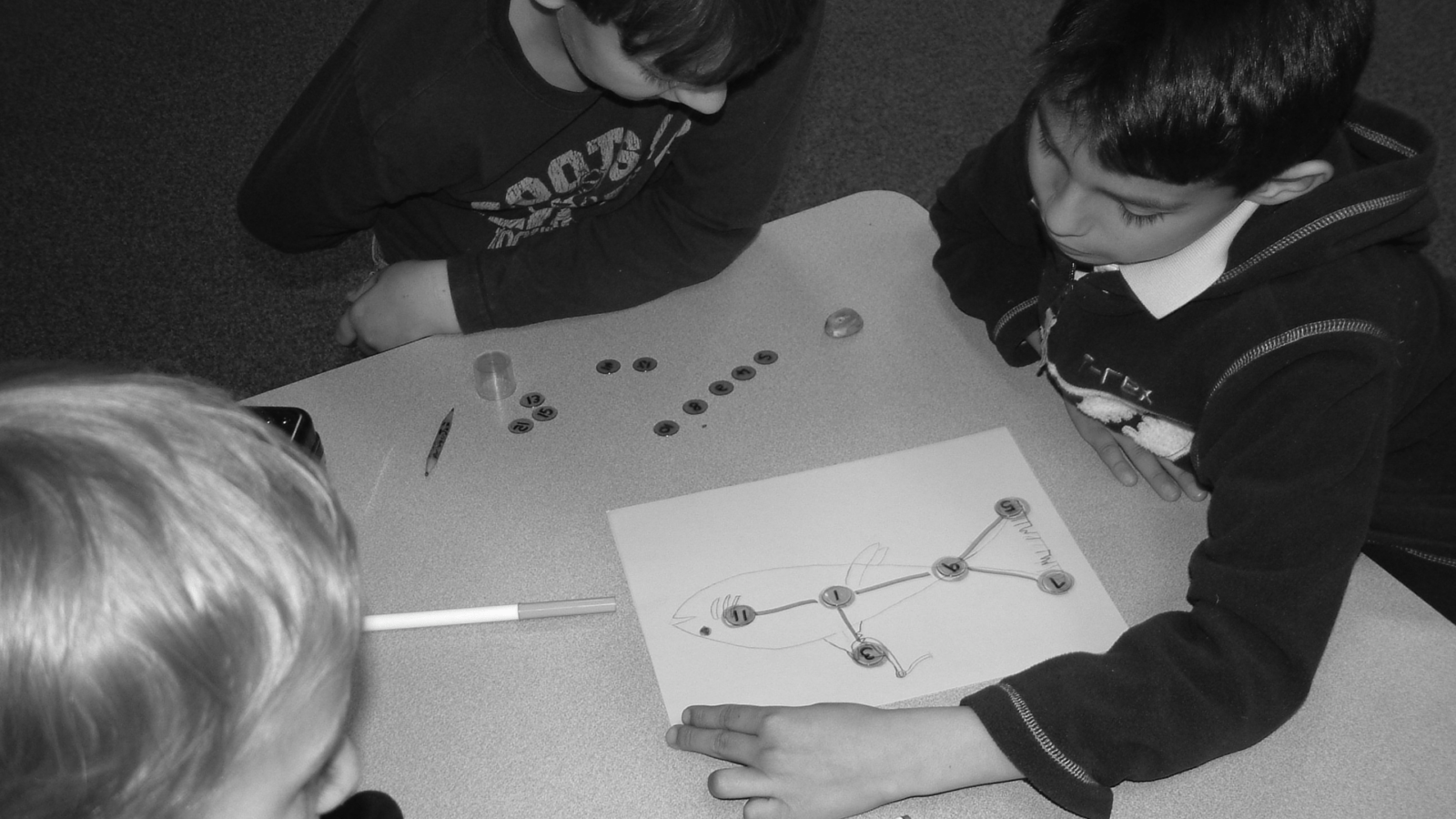
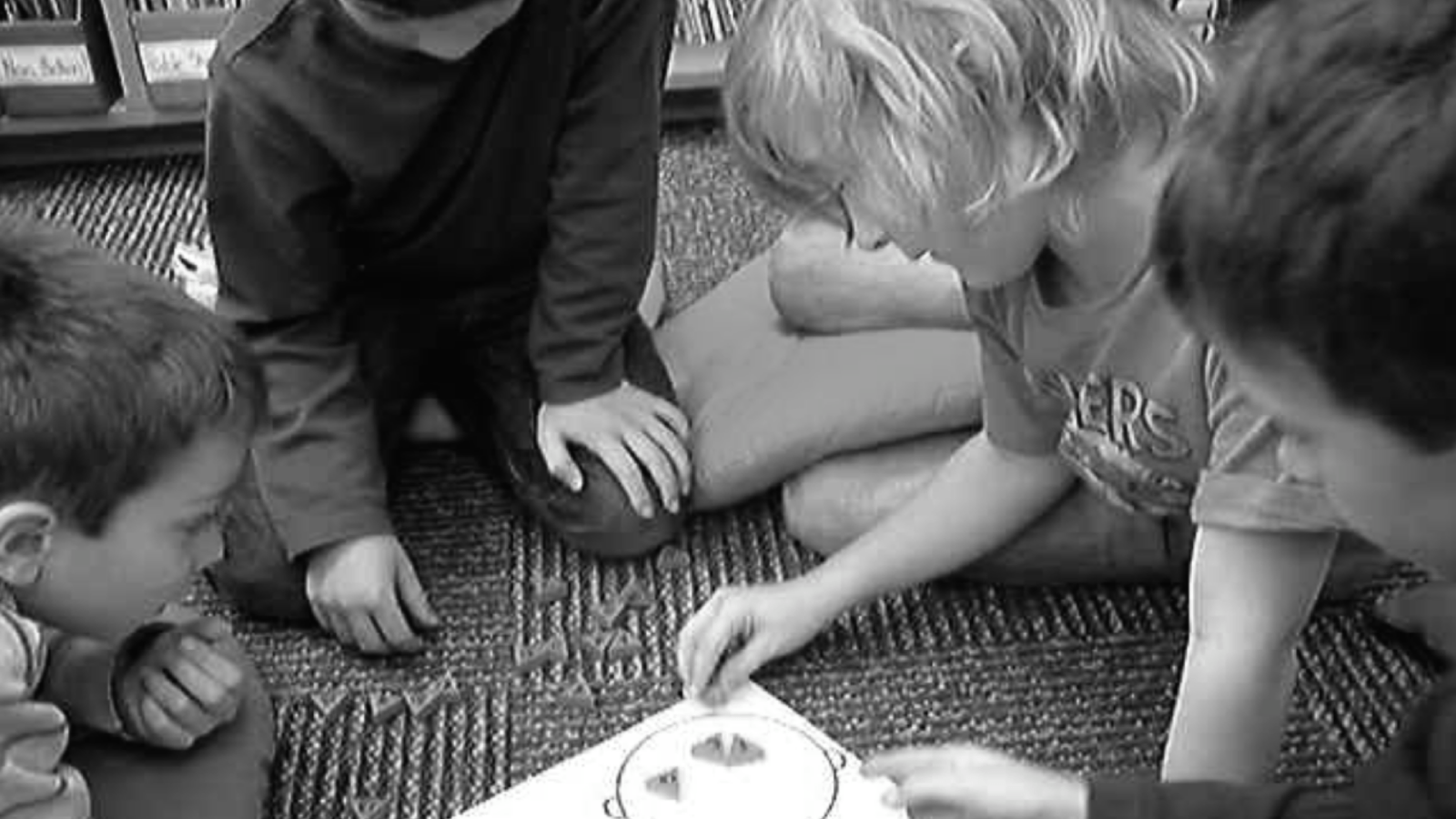
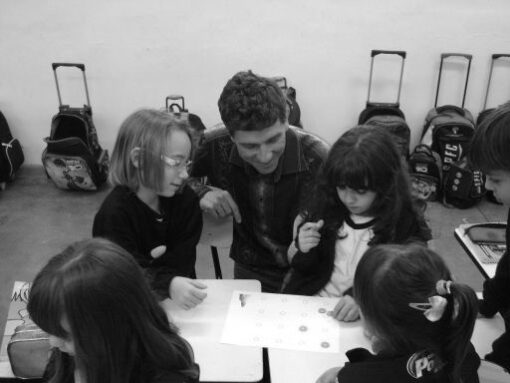
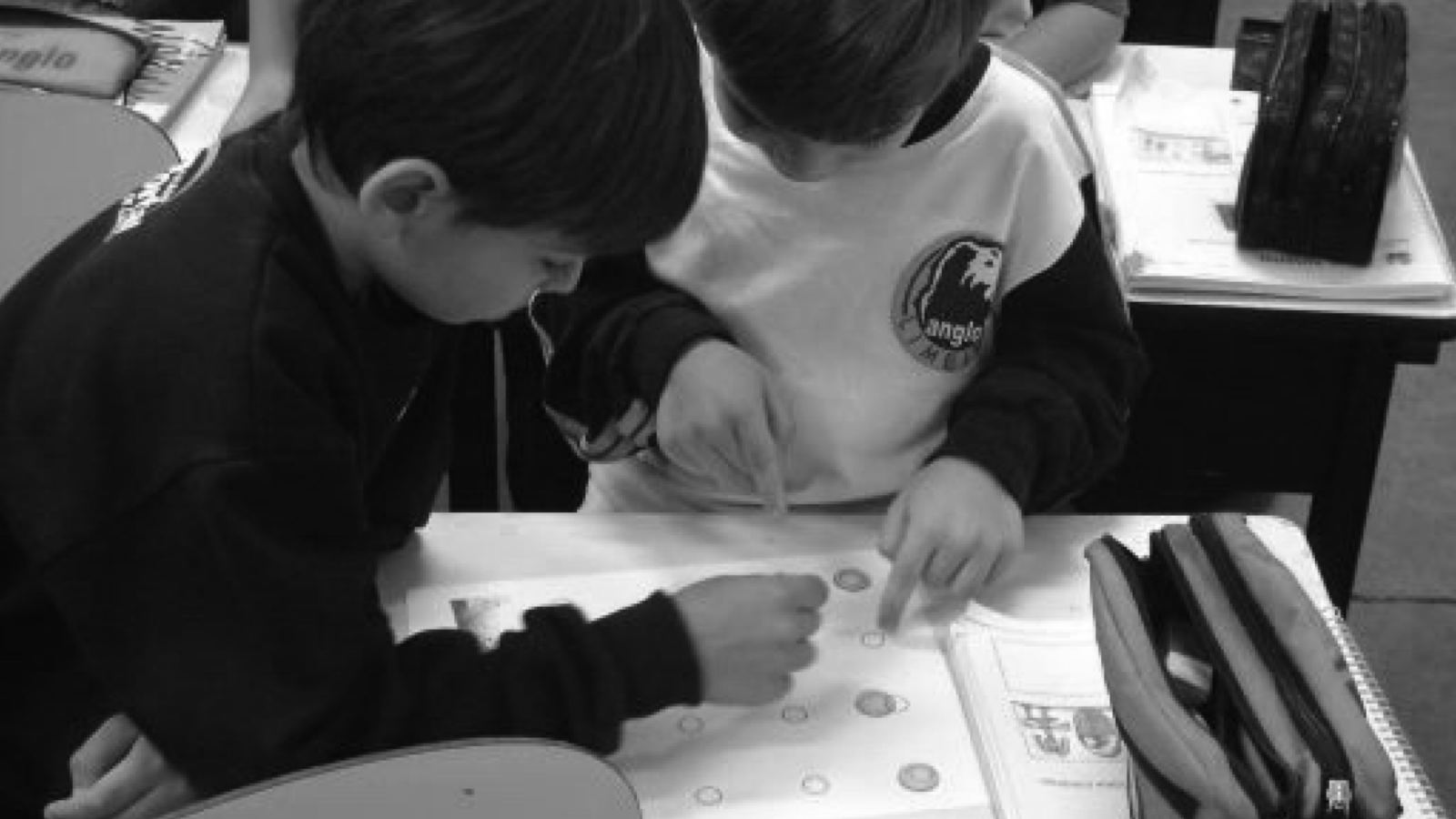
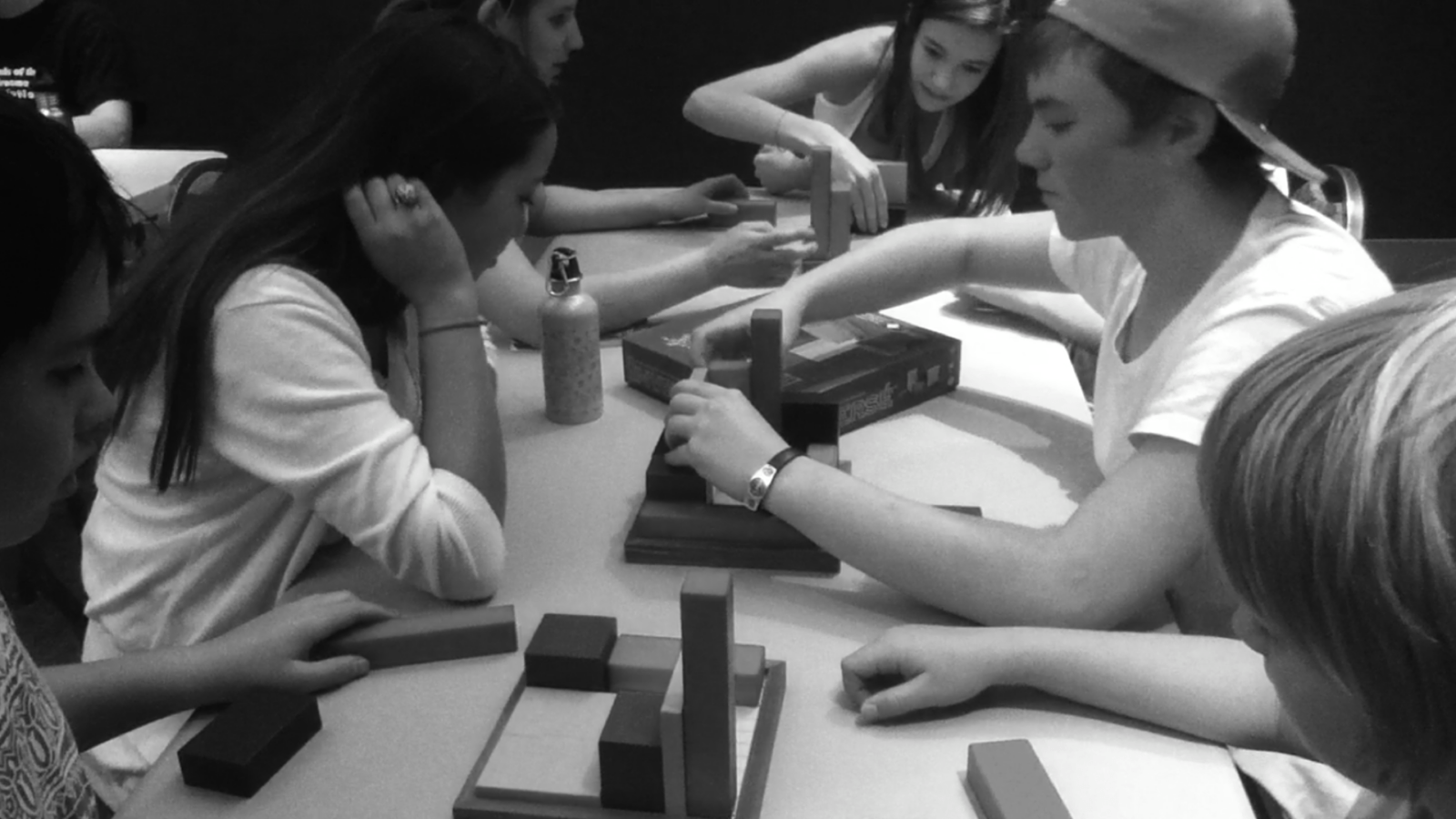
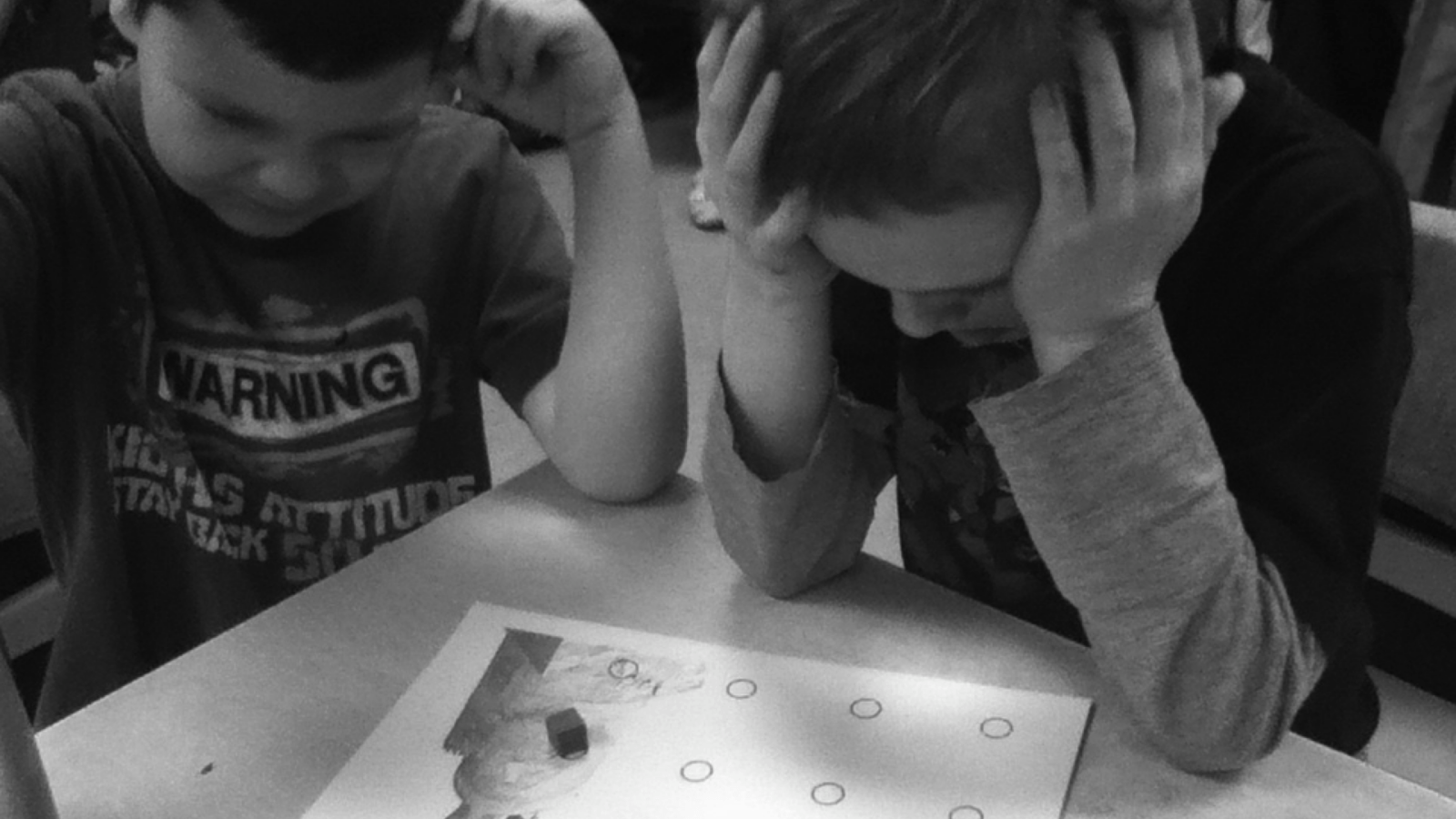
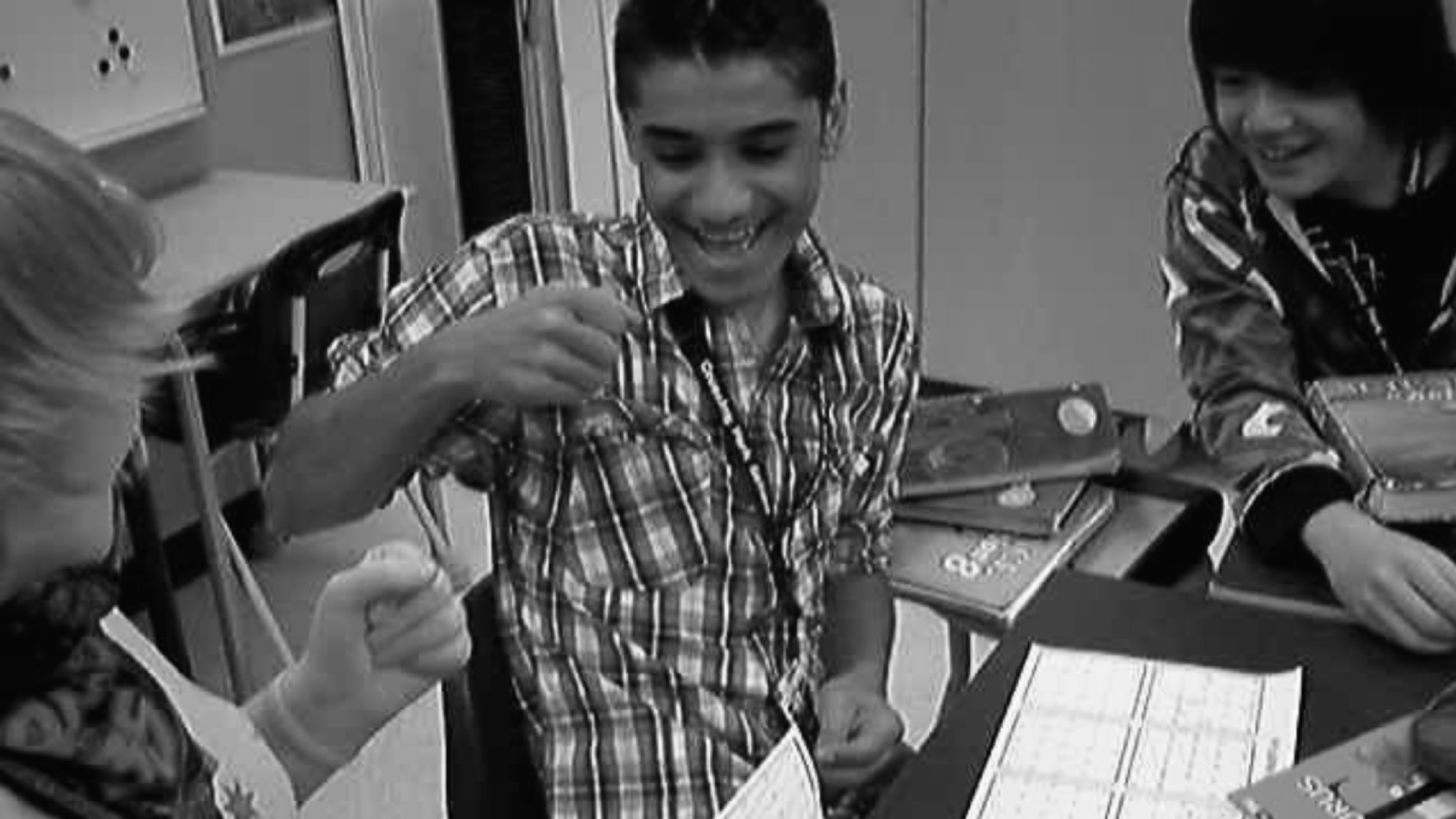
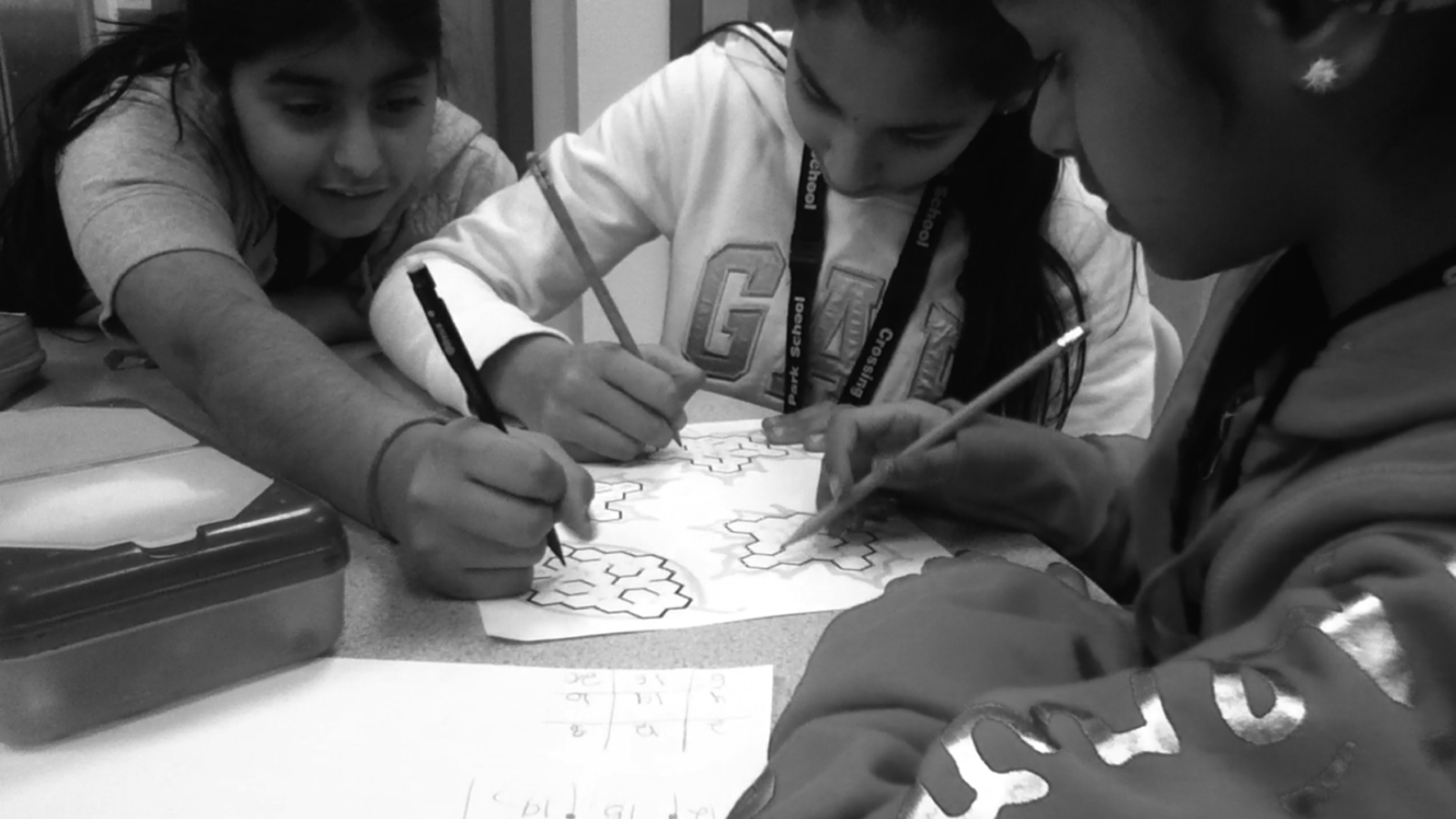
Please use MathPickle in your classrooms. If you have improvements to make, please contact me. I'll give you credit and kudos 😉 For a free poster of MathPickle's ideas on elementary math education go here.

